#carl hoffmann
Explore tagged Tumblr posts
Text


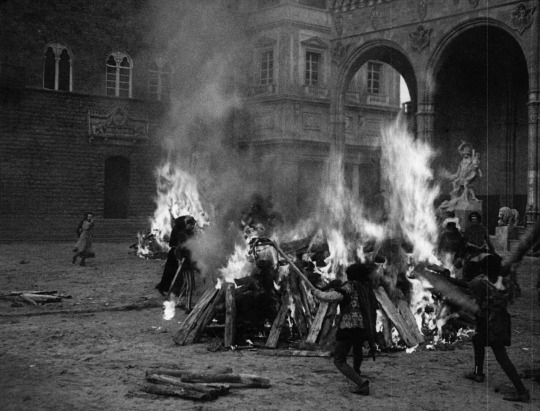


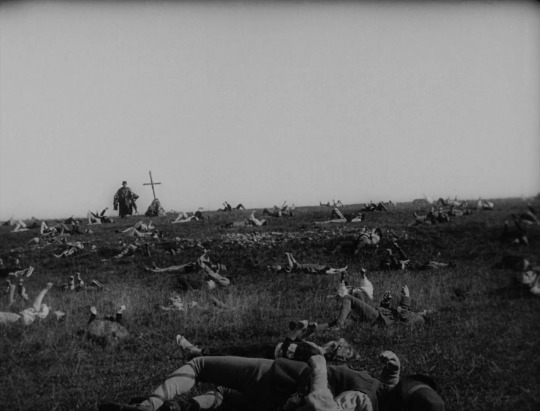
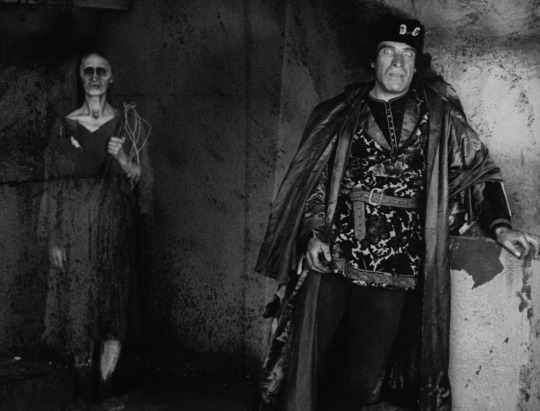

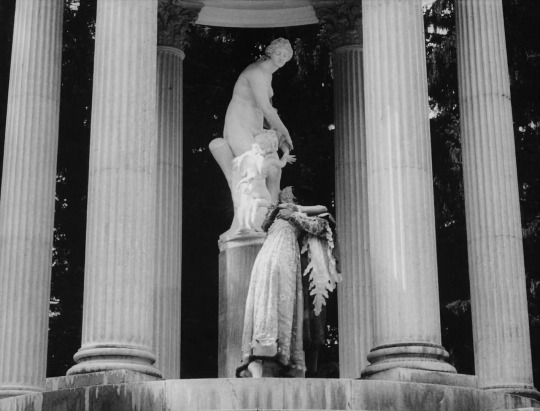

Die Pest in Florenz (Otto Rippert, 1919).
#pest in florenz#otto rippert#julietta brandt#willy hameister#carl hoffmann#emil schünemann#franz jaffe#die pest in florenz
15 notes
·
View notes
Text

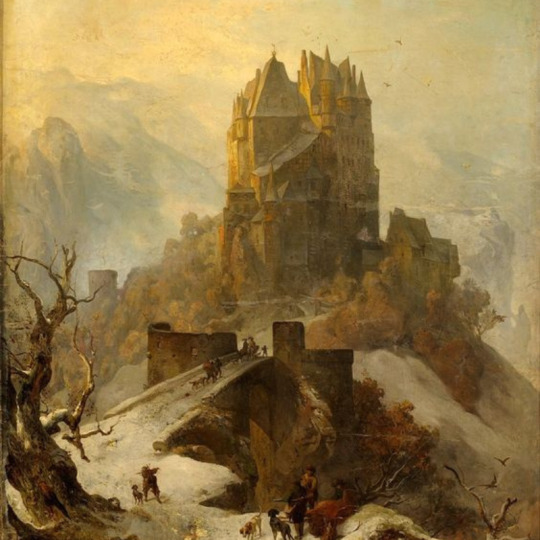
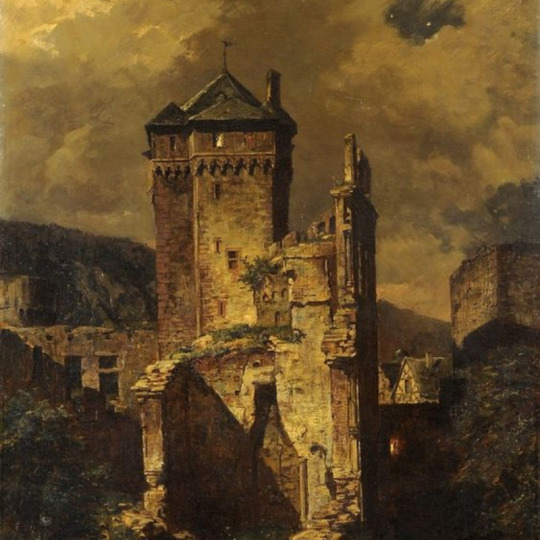
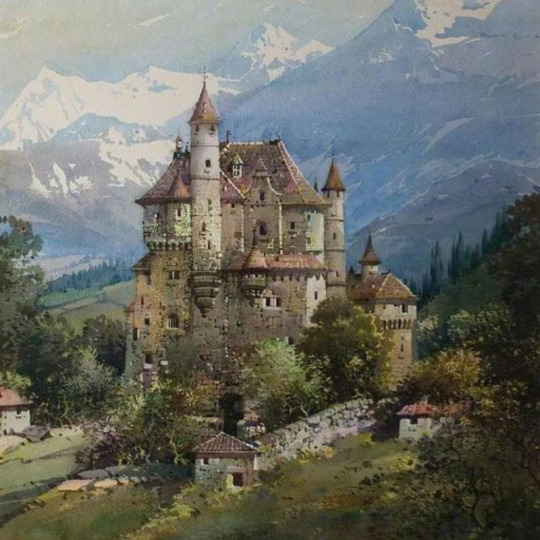
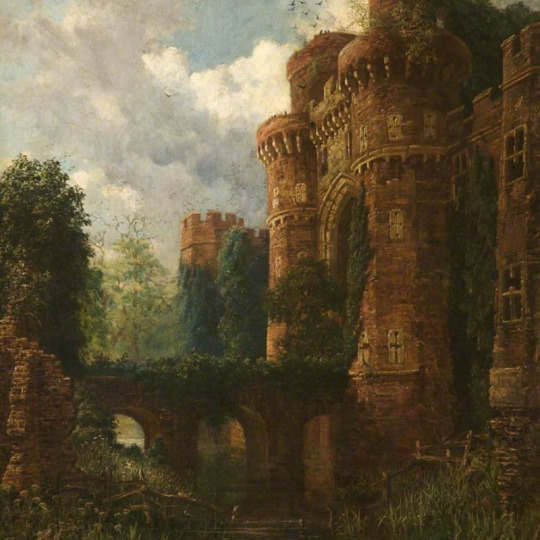

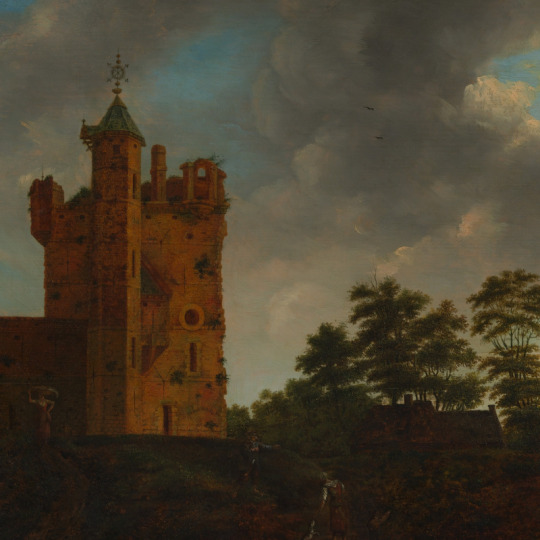
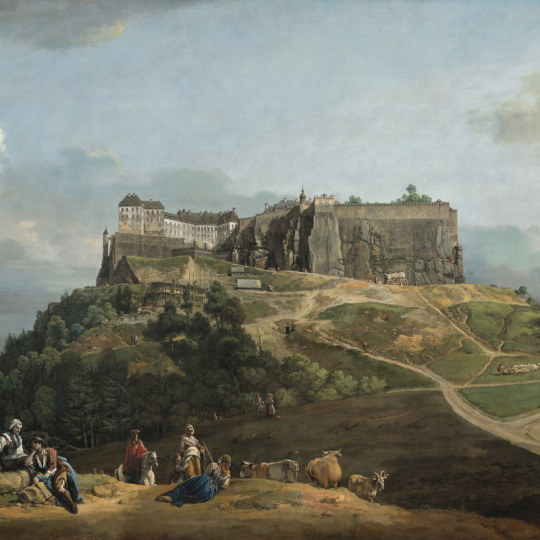

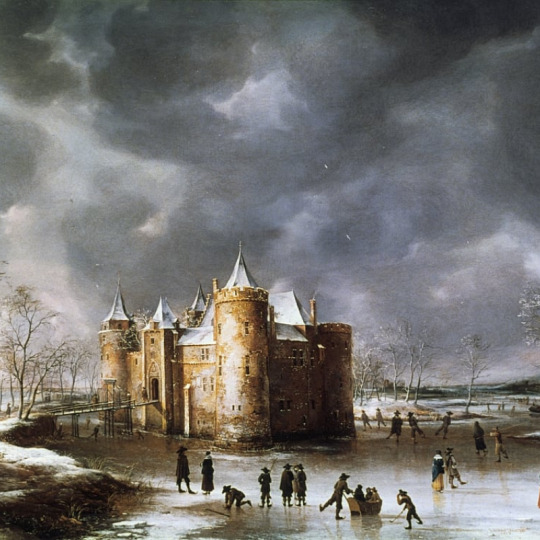
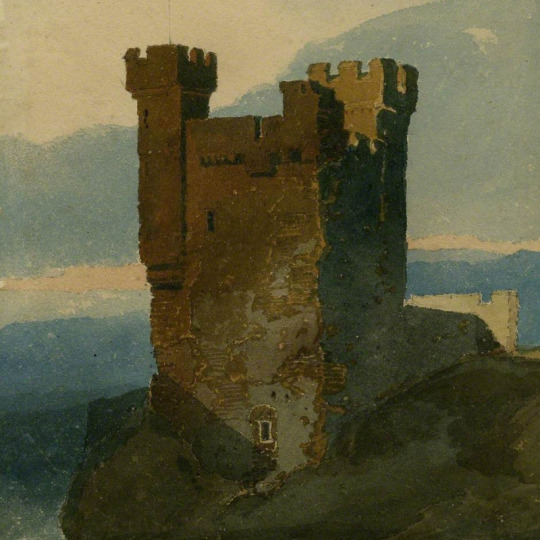
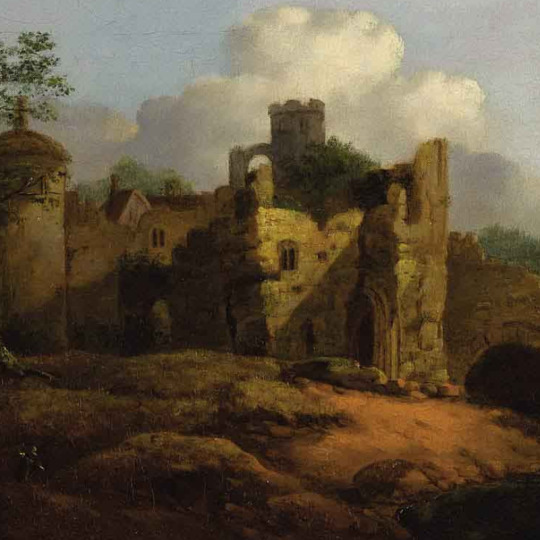

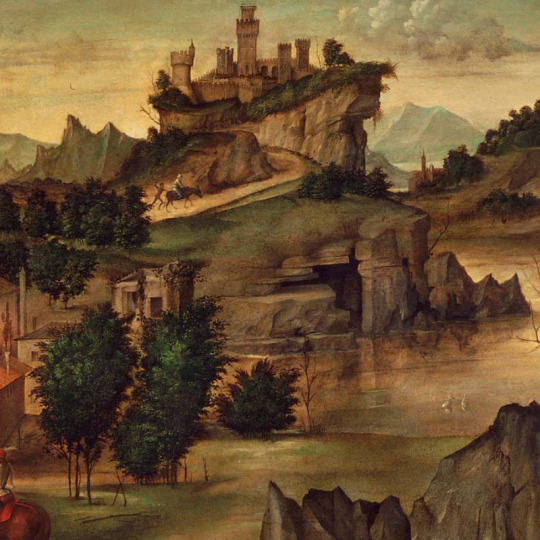
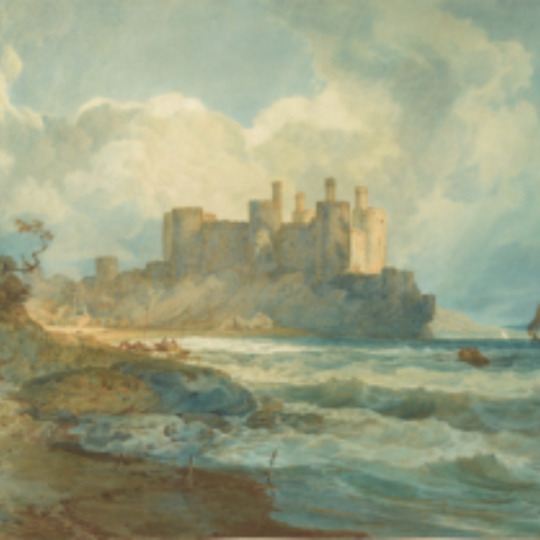
castles + art
#artist is henrich adolf valentin hoffmann#artist is carl hilgers#artist if fritz von wille#dont know artist but the painting is of neuschwanstein castle#artist is rayner samuel#cant find artist#artist is emanuel murant#artist is bernardo bellotto#artist is aelbert cuyp#artist is jan beerstraaten#artist is thomas gainsborough#artist is henrick averkamp#artist is barolomeo montagna#artist is jmw turner#art history#castles#art
2K notes
·
View notes
Text
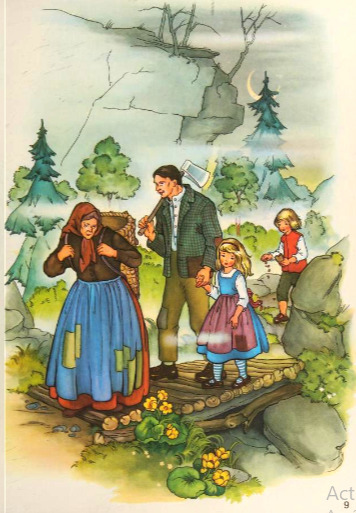
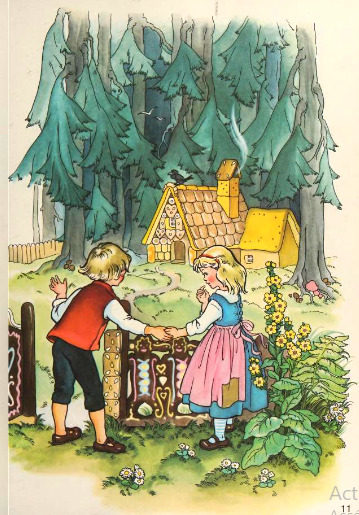
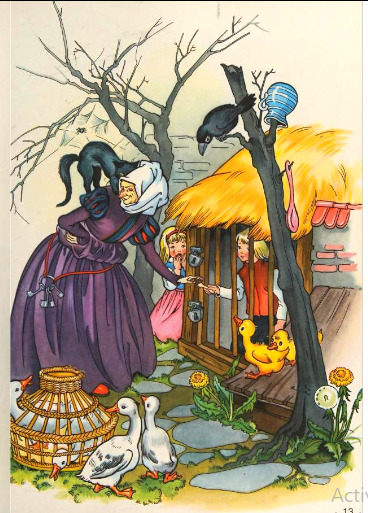
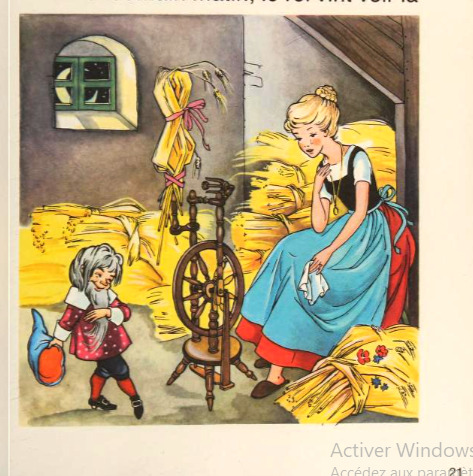
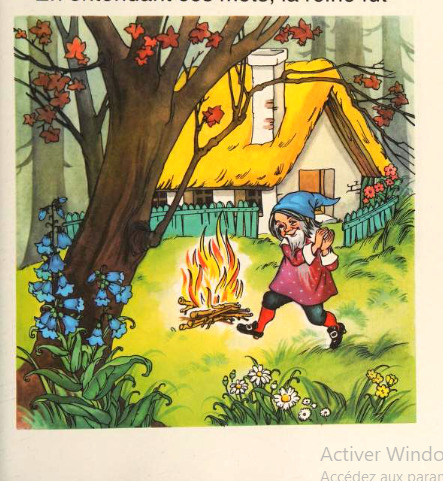
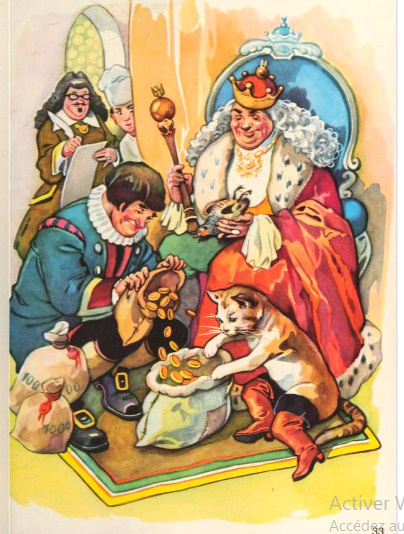

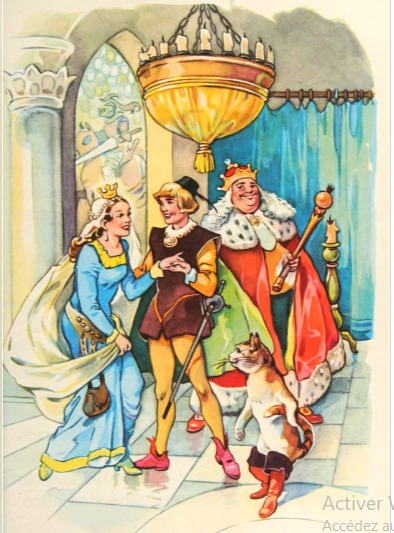
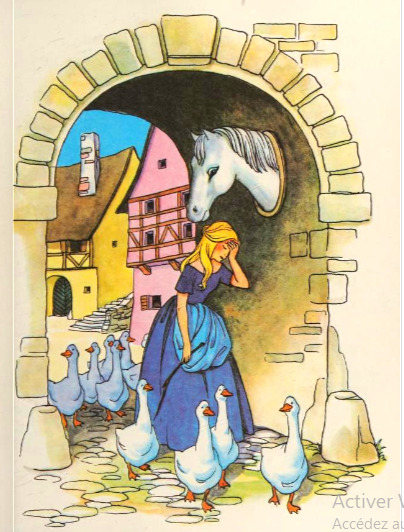
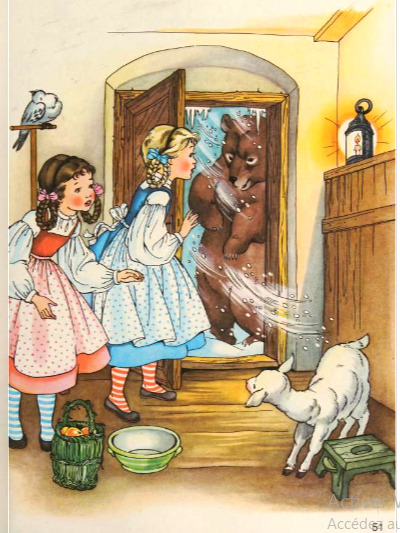
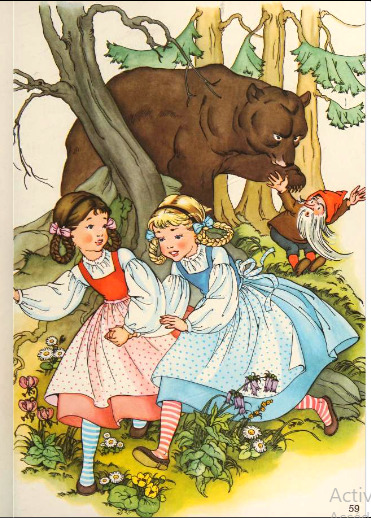
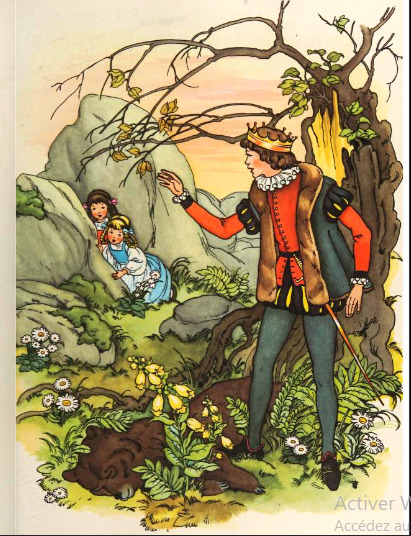
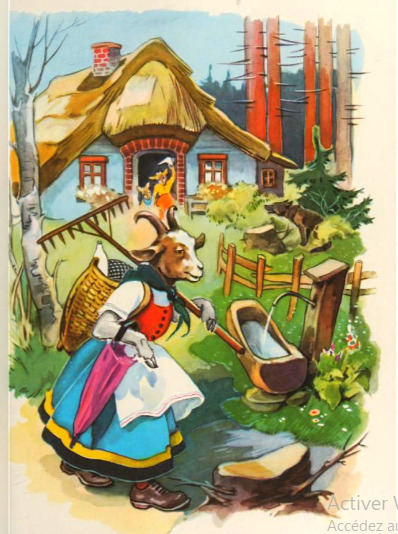
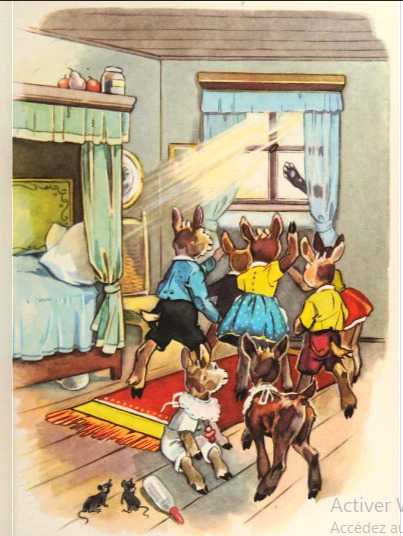



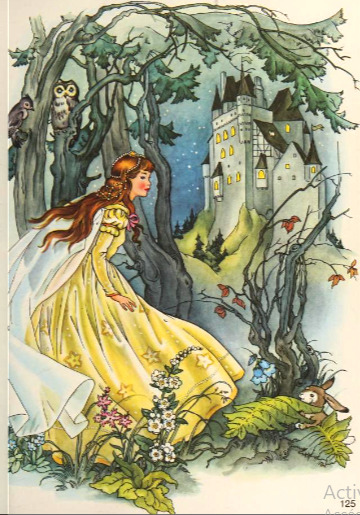
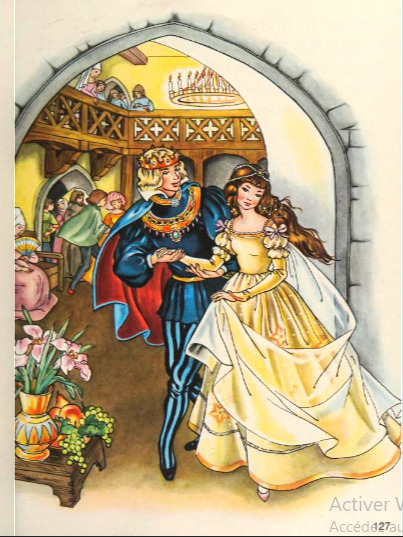
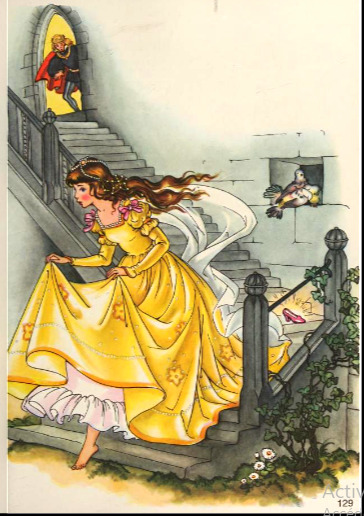
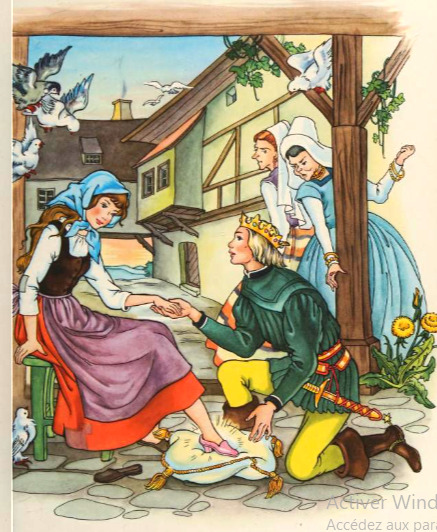
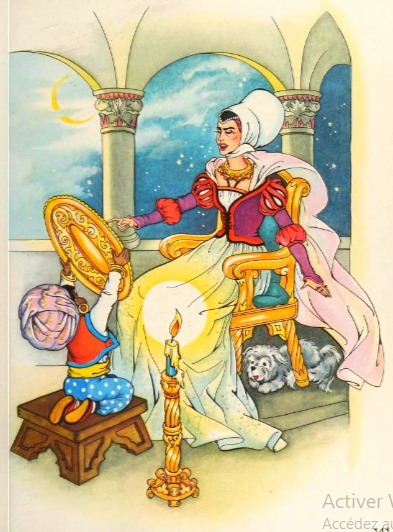
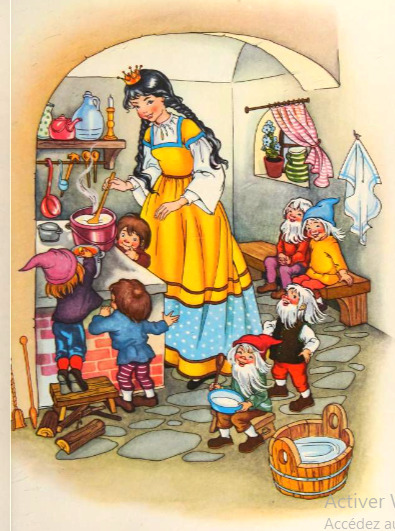




Various illustrations from a book of the Brothers Grimm fairytales, adapted for children by Gisela Fischer. Credits go to Felicitas Kuhn, Anny Hoffmann and Carl Benedek.
Pictures 1 to 3: Hansel and Gretel
Pictures 4 and 5: Rumplestiltskin
Pictures 6 to 8: Puss in Boots
Picture 9: The Goose-Girl
Pictures 10 to 12: Snow-White and Rose-Red
Pictures 13 to 16: The Wolf and the Seven Kids
Picture 17: Little Brother and Little Sister
Picture 18 to 22: Cinderella
Picture 23 to 25: Little Snow-White
Picture 26 to 28: Briar Rose
#illustrations#grimm fairytales#felicitas kuhn#anny hoffmann#carl benedeck#hansel and gretel#rumplestilstiltskin#puss in boots#snow white and rose red#the wolf and the seven goats#cinderella#snow white#briar rose#sleeping beauty
48 notes
·
View notes
Text
Some scholars have written dedicated research on the topic of religious and recreational usage of psychotropic plants in the ancient Greek and Roman World.
Carl Ruck, Albert Hoffmann, and Robert Wasson wrote The Road to Eleusis (1978), which sets the stage for exploring the use of entheogens in Greek and Roman culture. Ruck has additional publications, which focus on recreational and religious intoxication.
D. C. A. Hillman wrote The Chemical Muse (2008), where he covers drug usage in the ancient Greek and Roman world, including recreational, religious, and medical.
Michael Rinella wrote Pharmakon: Plato, Drug Culture, and Identity in Ancient Athens (2011), in which he delves into psychotropic plant usage in the ancient Greek world, the problematization of drugs, and the scandals surrounding Socrates and Alcibiades.
Alan Sumler wrote Cannabis in the Ancient Greek and Roman World (2018), in which recreational intoxication and other settings are explored.
[...]
In the field of ancient Greek and Roman religion and magic, some scholars have covered psychotropic plant usage. John Scarborough’s “The Pharmacology of Sacred Plants, Herbs, and Roots” (1991) covered these plants as used in ancient magic and explained the ancient rationale behind how they worked. He has also covered these plants in ancient medicine.
Christopher Faraone, in Ancient Greek Love Magic (2001), wrote about these plants as they are used in love magic and how they appear in other settings, like law courts.
Georg Luck’s Arcana Mundi (2006) covers these plants as they are found in religion and the personal practice of magic.
Alan Sumler, in “Ingesting Magic” (2017), considers these plants in magic and recreation.
On psychoactive plants found in ancient wine, Patrick McGovern, author of Uncorking the Past (2009), has written the most. His molecular analysis of ancient wine shows that the drink had multiple ingredients, many of them psychotropic. He describes the usage of intoxicating drinks all around Europe, Asia Minor, Egypt, and the Black Sea. McGovern covers recreational usage of drugs in the Greek and Roman world.
In the field of ethnobotany, there is scholarship on psychotropic plants being used in different settings in the Greek and Roman world. The assumption is that these psychoactive plants grow all over the earth and that all cultures use them for mind alteration in some way.
A recent multiauthored volume from Routledge, A Companion to Ecstatic Experience in the Ancient World (2022), covers psychotropic drug usage in the Mediterranean world going back to the Bronze Age.
Philip Wexler edited a two-volume multiauthored, text (2014, 2015), The History of Toxicology and Environmental Health, which covers many instances of recreational intoxication in the Greek and Roman world.
Some articles in scholarly journals are helpful for becoming familiar with psychotropic plant usage in the ancient world. Merlin, “Archaeological Evidence for the Tradition of Psychoactive Plant Use in the Old World” (2003), covers psychotropic plant usage throughout all ancient cultures. Carod-Artal, “Psychoactive Plants in Ancient Greece” (2013), considers substances available in the ancient Greek world. A few articles focus on Classical Greece, for instance Arata, “Nepenthe and Cannabis in Ancient Greece” (2004), and Eleanor, “Flower Power in Medicine and Magic: Theophrastus’ Response to the Rootcutters” (2006). The topic of kykeon at the Eleusinian Mysteries has produced some interesting scholarship, for instance Perrine, “Mixing the Kykeon” (2000), and Rosen “Hipponax fr. 48 Dg. And the Eleusinian Kykeon” (1987).
-- Alan Sumler, Intoxication in the Ancient Greek and Roman World
8 notes
·
View notes
Photo



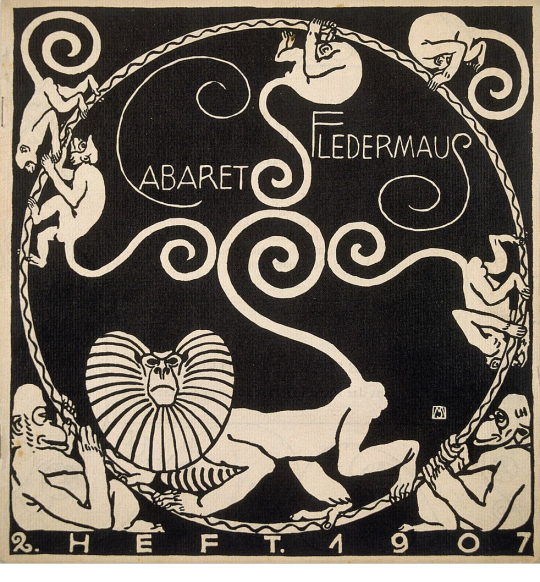
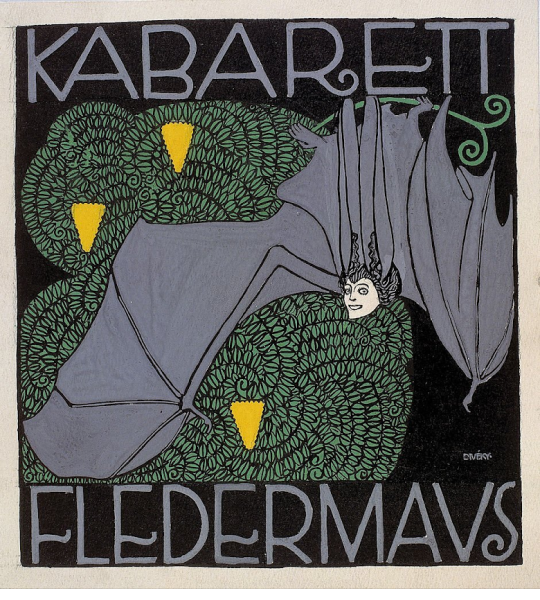
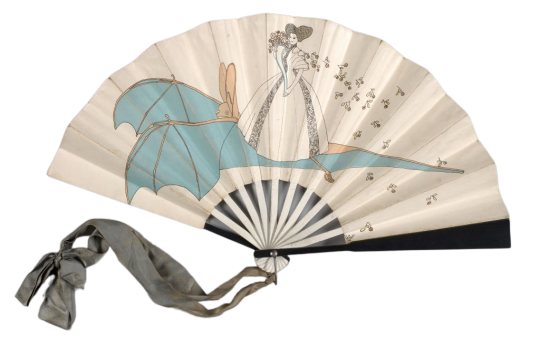
Cover of program of Cabaret Fledermaus by Carl Otto Czeschka, 1907.
Illustration for the first program of Cabaret Fledermaus by Bertold Löffler and Carl Otto Czeschka, 1907.
Illustration for the second program of Cabaret Fledermaus by Moriz Jung, 1907.
Cover of the second program of Cabaret Fledermaus by August Chwala, 1907.
Draft of a poster for Cabaret Fledermaus by József Divéky, 1907.
Folding fan for Cabaret Fledermaus by Bertold Löffler.
In October of 1907, on the corner of Kärntner Straße 33 and Johannesgasse 1 in Vienna, a new kind of club emerged in a converted basement of a residential building. Cabaret Fledermaus was conceived as a place where the ‘boredom’ of contemporary life would be replaced by ‘ease, art and culture’. It was created by the Wiener Werkstätte (Vienna Workshop), a group of artists and designers founded by architect Josef Hoffmann, artist Koloman Moser and businessman Fritz Waerndorfer. Their aim was to stimulate the senses through a synthesis of modern architecture, painting, poetry, music and dance creating a space where ‘none of the arts were excluded’ and craftsmanship was championed. [...] Live performance was at the cabaret’s heart: it hosted short satirical plays, evocative shadow theatre, avant-garde dance, poetry readings and musical performances ranging in tone from humour to decadence. In particular, the stage offered a platform for epoch-defining female performers such as Grete Wiesenthal and Marya Delvard, supported by extravagant sets and elaborate costume designs. [...] Cabaret Fledermaus closed its doors in 1913 due to financial difficulties and there are only a few records that remain of what this dazzling club space would have looked like. There are three surviving photographs, postcards by the Wiener Werkstätte, and floorplan and elevation sketches by Le Corbusier from 1907, when he was in close contact with Hoffmann while staying in Vienna. source

56 notes
·
View notes
Text
2024 olympics Denmark roster
Archery
Kirstine Danstrup-Andersen (Copenhagen)
Athletics
Simon Hansen (Herning)
Ida Karstoft (Lemvig)
Lisa Pedersen (Copenhagen)
Katrine Koch-Jacobsen (Ballerup)
Badminton
Viktor Axelsen (Odense)
Anders Antonsen (Aarhus)
Kimmo Astrup-Sørensen (Copenhagen)
Anders Skaarup-Rasmussen (Copenhagen)
Mathias Christiansen (Copenhagen)
Mia Blichfeldt (Solrød Strand)
Maiken Fruergaard-Sørensen (Hvidovre)
Sara Thygesen (Frederiksberg)
Alexandra Bøje (Copenhagen)
Boxing
Nikolai Terteryan (Vejle)
Canoeing
Lasse Madsen (Solrød Kommune)
Victor Aasmul (Rudersdal Kommune)
Morten Gravesen (Copenhagen)
Magnus Sibbersen (Hvidovre)
René Holten-Poulsen (Sakskøbing)
Frederikke Hauge-Matthiesen (Høje-Taalstrup Kommune)
Emma Aastrand-Jørgensen (Bagsværd)
Cycling
Mikkel Norsgaard-Bjerg (Copenhagen)
Michael Mørkøv-Christensen (Kokkedal)
Mads Pedersen (Tølløse)
Mattias Skjelmose-Jensen (Copenhagen)
Carl-Frederik Bévort (Copenhagen)
Tobias Aagaard-Hansen (Odense)
Niklas Larsen (Slagelse)
Rasmus Lund-Pedersen (Odense)
Simon Andreassen (Odense)
Sofie Pedersen (Aalborg)
Rebecca Koerner (Herlev)
Cecilie Uttrup-Ludwig (Frederiksberg Kommune)
Emma Bjerg (Silkeborg)
Amalie Dideriksen (Kastrup)
Julie Norman-Leth (Aarhus)
Caroline Bohé (Hillerød)
Malene Kejlstrup-Sørenson (Randers)
Equestrian
Daniel Bachmann-Andersen (Sønderborg)
Peter Tersgov-Flarup (Viborg)
Andreas Schou (Kolding)
Nanna Skodborg-Merrald (Kirke Hvalsø)
Cathrine Landrup-Dufour (Kirke Hvalsø)
Golf
Nicolai Højgaard (Aarhus)
Jacob Olesen (Dubai, U.A.E.)
Emily Pedersen (Copenhagen)
Nanna Koerstz-Madsen (Nørrebro)
Handball
Niklas Landin-Jacobsen (Gladsaxe Kommune)
Magnus Landin-Jacobsen (Gladsaxe Kommune)
Niclas Vest-Kirkeløkke (Ringe)
Emil Manfeldt-Jakobsen (Kerteminde)
Rasmus Lauge-Schmidt (Randers)
Emil Nielsen (Aarhus)
Magnus Saugstrup-Jensen (Aalborg)
Hans Lindberg (Høje-Taastrup Kommune)
Mathias Gidsel (Skjern)
Henrik Møllgaard-Jensen (Bramming)
Mikkel Hansen (Helsingør)
Lukas Lindhard-Jørgensen (Lejre)
Lasse Bredekjær-Andersson (Copenhagen)
Simon Hald-Jensen (Aalborg)
Thomas Sommer-Arnoldsen (Skanderborg)
Simon Bogetoft-Pytlick (Thurø)
Sandra Toft (Gribskov Kommune)
Sarah Aaberg-Iversen (Nykøbing Falster)
Rikke Iversen (Nykøbing Falster)
Helena Hagesøe-Elver (Copenhagen)
Anne Hansen (Glostrup)
Kathrine Brothmann-Heindahl (Rudersdal)
Line Haugsted (Skive)
Althea Reinhardt (Aarhus)
Mette Tranborg (Aarhus)
Kristina Jørgensen (Horsens)
Trine Østergaard-Jensen (Skanderborg)
Louise Vinter-Burgaard (Esbjerg)
Mie Enggrob-Højlund (Voldum)
Emma Uhrskov-Friis (Herning)
Michala Elsberg-Møller (Aalborg)
Judo
Lærke Olsen (Hørsholm)
Rowing
Sverri Sandberg-Nielsen (Tórshavn, Faroe Islands)
Marie Hauberg-Johannesen (Solrød Kommune)
Julie Poulsen (Odder)
Astrid Steensberg (Sorø)
Clara Hornæss (Copenhagen)
Sára Johansen (Tvøroyri, Faroe Islands)
Nikoline Laidlaw (Dunblane, U.K.)
Karen Mortensen (Fredericia)
Caroline Munch (Bjæverskov)
Nanna Vigild (Copenhagen)
Sofie Vikkelsøe (Copenhagen)
Frida Werner-Foldager (Roskilde)
Sofie Østergaard (London, U.K.)
Hedvig Rasmussen (Frederiksberg)
Fie Udby-Erichsen (Hobro)
Frida Sanggaard-Nielsen (Copenhagen)
Sailing
Johan Søe (Aarhus)
Johan Lundgaard-Schubert (Aarhus)
Nikolaj Hoffmann-Buhl (Lyngby-Taarbæk Kommune)
Daniel Nyborg (Copenhagen)
Mathias Bruun-Borreskov (Skanderborg)
Andrea Schmidt (Aarhus)
Johanne Schmidt (Aarhus)
Natacha Saouma-Pedersen (Odense)
Anne-Marie Rindom (Søllerød)
Shooting
Jesper Hansen (Bjegsted)
Rikke Mæng-Ibsen (Herning)
Stephanie Scurrah-Grundsøe (Roskilde)
Skateboarding
Viktor Solmunde (Copenhagen)
Swimming
Thea Blomsterberg (Birkerød)
Martine Damborg (Kastrup)
Elisabeth Sabroe-Ebbesen (Skanderborg)
Schastine Tabor (Copenhagen)
Julie Kepp-Jensen (Hvidovre)
Helena Rosendahl-Bach (Holstebro)
Signe Bro (Copenhagen)
Table tennis
Anders Lind (Hørsholm)
Martin Buch-Andersen (Rudersdal Kommune)
Jonathan Kjaer-Groth (Albertslund)
Taekwondo
Edi Hrnic (Brøndby Kommune)
Tennis
Clara Tauson (Kongens Lyngby)
Caroline Wozniacki-Lee (Miami-Dade County, Florida)
Triathlon
Emil Holm (Frederiksberg)
Alberte Kjær-Pedersen (Aarhus)
Wrestling
Turpal-Ali Bisultanov (Copenhagen)
#Sports#National Teams#Denmark#Celebrities#Races#Fights#Boxing#Animals#Golf#U.A.E.#Boats#U.K.#Tennis#Florida
2 notes
·
View notes
Text
Dread by the Decade: Faust – Eine deutsche Volkssage
👻 You can support me on Ko-fi ❤️

★★★★
Plot: Mephisto makes a bet with an angel that he can corrupt a good man’s soul.
Review: While it left me wanting in terms of story, the film makes up for it with stunning visuals and special effects.

English Title: Faust: A German Folktale Source Material: "Faust" by Johann Wolfgang von Goethe Year: 1926 Genre: Occult Country: Germany Language: Silent Runtime: 1 hour 55 minutes

Director: F. W. Murnau Writer: Hans Kyser Cinematographer: Carl Hoffmann Cast: Gösta Ekman, Emil Jannings, Camilla Horn

-----
Story: 3/5 - Though still interesting, the film departs from its source material, trading philosophical grandeur for a rather cliche love story.
Performances: 3.5/5 - Jannings is equal parts sinister and comical as Mephisto, and Ekman and Horn are solid.
Cinematography: 5/5 - One of the most gorgeous and visually engaging movies of the silent film era.
Editing: 4/5

Music: 4/5
Effects: 4.5/5 - Superimposition, puppetry, and fog machines are used expertly to create otherworldly scenes.
Stunts & Choreography: 4/5 - Some fun acrobatics in the beginning.
Sets: 4.5/5 - Gorgeous and populated.
Costumes & Make-Up: 3/5 - Mephisto’s makeup is disappointingly simplified after the stellar opening scene.
youtube
Trigger Warnings:
Child death
Brownface
Brief sexual assault (unintentional; a dated portrayal of how a character fights to get away but "really wants it")
#Faust – Eine deutsche Volkssage (1926)#Faust – Eine deutsche Volkssage#Faust – A German Folktale (1926)#Faust – A German Folktale#F. W. Murnau#German#occult#Dread by the Decade#review#1920s#★★★★
11 notes
·
View notes
Photo
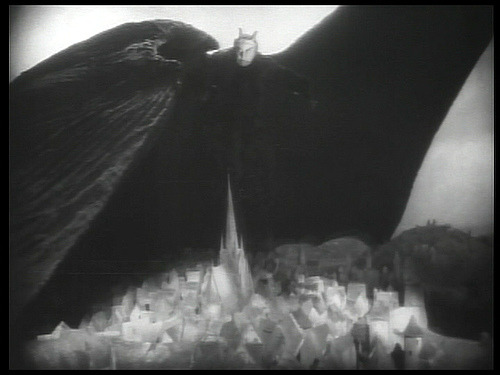
Faust (F.W. Murnau, 1926)
Cast: Gösta Ekman, Emil Jannings, Camilla Horn, Frida Richard, William Dieterle, Yvette Guilbert, Eric Barclay, Hanna Ralph, Werner Fuetterer. Screenplay and titles: Gerhart Hauptmann, Hans Kyser, based on a play by Johann Wolfgang von Goethe. Cinematography: Carl Hoffmann. Art direction: Robert Herlth, Walter Röhrig. Film editing: Effi Bötrich.
Power corrupts, as we knew long before Lord Acton so nicely formulated it for us. It's the truth underlying so many myths, from the Garden of Eden to the Nibelungenlied to the Faust legend. Goethe's Faust is a philosophical poem, a closet drama not designed for stage or film, but that hasn't prevented playwrights, opera librettists, or screenwriters from making the attempt. F.W. Murnau's version is probably the most distinguished cinematic attempt, but not because of its fidelity to the source. Murnau's version works because it concentrates on the power struggle, initially between Good, as represented by the archangel (Werner Fuetterer), and Evil, as represented by Mephisto (Emil Jannings), and later by the attempt of Faust (Gösta Ekman) to obtain mastery over Time. It begins with a wager, borrowed from the book of Job, between the archangel and Mephisto, over whom Faust's soul will belong to. Then it eventually devolves into what is the core of most dramatic treatments of Goethe's story, the seduction of Gretchen (Camilla Horn), with the aid of Mephisto. In the end, both Gretchen and Faust are redeemed by his willingness to sacrifice himself, an abnegation of power. But that too-familiar story is distinguished by Murnau's staging of it, with the significant help of Carl Hoffmann's cinematography and the art direction of Robert Herlth and Walter Röhrig. This is one of the most beautiful of silent films because of the interplay between light and dark, a superb evocation of the paintings of Rembrandt in the composition and lighting of scenes. The tone of the film is set near the beginning by the spectacular image of a gigantic Mephisto looming over a German town, which clearly influenced the similar scene in the "Night on Bald Mountain" sequence of Walt Disney's Fantasia (1940). Jannings manages to be both sinister and gross as Mephisto -- the latter mode most in evidence in his scenes with Gretchen's lustful Aunt Marthe (Yvette Guilbert). (If Guilbert looks familiar it's because, as a Parisian cabaret singer during the Belle Époque, she was the subject of numerous portraits by Toulouse-Lautrec.) This was the last of Murnau's films in Germany: The following year he moved to Hollywood, where he made probably his greatest film, Sunrise. He was soon followed to America by the actor who played Gretchen's brother, Valentin, William Dieterle, who became a prominent Hollywood director.


Top: Yvette Guilbert and Emil Jannings in Faust. Bottom: Yvette Guilbert by Henri de Toulouse-Lautrec.
8 notes
·
View notes
Text
Caged

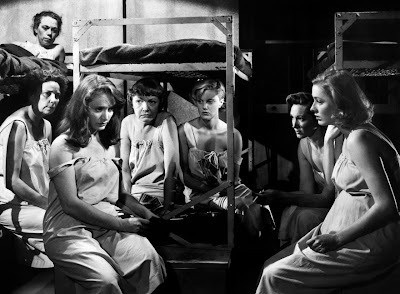
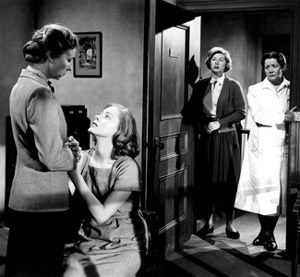
“Pile out, you tramps. It’s the end of the line!”
“In this cage, you get tough, or you get killed.”
“Who’s the cute trick?”
“Kindly omit the flowers.”
“Keep it active. She’ll be back.”
Screenwriter Virginia Kellogg went behind bars to capture slang and elements of prison routine, and boy did it pay off. John Cromwell’s CAGED (1950, TCM, Plex) is a punchy good time, even when it’s hectoring the audience about the need for prison reform. It set many of the tropes of the women’s picture, but stands on its own perched on the dividng line between camp and high drama. It’s also unusual in that it got veiled lesbianism and references to drugs and prostitution past the Production Code. Eleanor Parker stars as the young innocent sent to prison because she was in the car while her husband got himself killed trying to rob a gas station. She’s thrown into a world of corruption, sadism, sexuale exploitation and terrific character women. A lot of the fun comes from watching the situation change her, and Parker gives a carefully modulated performance in which the young innocent is as interesting and believable as the woman she becomes. She’s not the whole show. You also get Ellen Corby as a crazed husband killer, Jan Sterling as a dumb blonde, Betty Garde (the original Aunt Eller) as the recruiter for a shop-lifting ring, Lee Patrick as a vice queen who could be the dictionary illustration for “lipstick lesbian,” Olive Deering as a suicidal inmate, Jane Darwell as matron of the isolation room, Gertrude W. Hoffmann as a lifer and Gertrude Michael as a fallen society woman. Best of all are Agnes Moorehead, who could ring nuance out of a laundry list, as the sympathetic warden and Hope Emerson as the sadistic matron who looks on Parker as a source of income and possibly something more. Cromwell was always a whiz at directing actors and melds the cast into a solid ensemble. He and cinematographer Carl E. Guthrie create some powerful visuals, but one of the most stunning effects uses sound. In her first night in the cell block, Allen has to adjust to sleeping in a room full of people as the soundtrack fills with coughs, yawns, and sobs that gradually overwhelm her and us.
#prison films#women's prison films#john cromwell#virginia kellogg#eleanor parker#hope emerson#agnes moorehead#betty garde#gertrude michael#ellen corby#jan#jan sterling
3 notes
·
View notes
Text
THE 236 GREATEST PERSONALITIES IN THE ENTIRE KNOWN HISTORY/COLLECTIVE CONSCIOUSNESS OF THIS WORLD! (@INDIES)
ie. THE 236 GREATEST PERSONALITIES IN WORLD HISTORY! (@INDIES)
Rajesh Khanna
Lionel Messi
Leonardo Da Vinci
Online Indie
Muhammad Ali
Joan of Arc
William Shakespeare
Vincent Van Gogh
J. K. Rowling
David Lean
Nadia Comaneci
Diego Maradona
Wolfgang Amadeus Mozart
Meena Kumari
Julius Caesar
Harrison Ford
Ludwig Van Beethoven
William W. Cargill
Fritz Hoffmann-La Roche
Samuel Curtis Johnson
Sam Walton
John D. Rockefeller
Andrew Carnegie
Roy Thomson
Tim Berners-Lee
Marie Curie
James J. Hill
Cornelius Vanderbilt
Roman Polanski
Samuel Slater
J. P. Morgan
Cary Grant
Dmitri Mendeleev
John Harvard
Alain Delon
Ramakrishna Paramhansa (Official God)
The Lumiere Brothers, Auguste & Louis
Carl Friedrich Benz
Michelangelo
Maharishi Mahesh Yogi
Ramana Maharishi
Mark Twain
Swami Sri Yukteswar Giri
Bruce Lee
Bhagwan Krishna (Official God)
Charlemagne
Rene Descartes
John F. Kennedy
Bhagwan Ganesha (Official God)
Walt Disney
Albert Einstein
Nikola Tesla
Alfred Hitchcock
Pythagoras
William Randolph Hearst
Cosimo de’ Medici
Johann Sebastian Bach
Alec Guinness
Nostradamus
Christopher Plummer
Archimedes
Jackie Chan
Guru Dutt
Amma Karunamayi/ Mata Parvati (Official God)
Peter Sellers
Gerard Depardieu
Joseph Safra
Robert Morris
Sean Connery
Petr Kellner
Aristotle Onassis
Usain Bolt
Jack Welch
Alfredo di Stefano
Elizabeth Taylor
Michael Jordan
Paul Muni
Steven Spielberg
Louis Pasteur
Ingrid Bergman
Norma Shearer
Dr. B. R. Ambedkar
Ayn Rand
Jesus Christ (Official God)
Luciano Pavarotti
Alain Resnais
Frank Sinatra
Allah (Official God)
Richard Nixon
Charlie Chaplin
Thomas Alva Edison
Alexander Graham Bell
Wright Brothers
Arjun (of Bhagwan Krishna’s Gita)
Jim Simons
George Lucas
Swami Sri Lahiri Mahasaya
Carl Lewis
Brett Favre
Helen Keller
Bernard Mannes Baruch
Buddha (Official God)
Hugh Grant
K. L. Saigal
Roger Federer
Rash Behari Bose
Tiger Woods
William Blake
Jesse Owens
Claude Miller
Bernardo Bertolucci
Subhash Chandra Bose
Satyajit Ray
Hippocrates
Chiang Kai-Shek
John Logie Baird
Geeta Dutt
Raphael (painter)
Bhagwan Shiva (Official God)
Radha (Ancient Krishna devotee)
George Orwell
Jorge Paulo Lemann
Catherine Deneuve
Pierre-Auguste Renoir
Bill Gates
Bhagwan Ram (Official God)
Michael Phelps
Michael Faraday
Audrey Hepburn
Dalai Lama
Grace Kelly
Mikhail Gorbachev
Vladimir Putin
Galileo Galilei
Gary Cooper
Roger Moore
John Huston
Blaise Pascal
Humphrey Bogart
Rudyard Kipling
Samuel Morse
Wayne Gretzky
Yogi Berra
Barry Levinson
Patrice Chereau (director)
Jerry Lewis
Louis Daguerre
James Watt
Henri Rousseau
Nikita Krushchev
Jack Dorsey
Dev Anand
Elia Kazan
Alexander Fleming
David Selznick
Frank Marshall
Viswanathan Anand
Major Dhyan Chand
Swami Vivekananda
Felix Rohatyn
Sam Spiegel
Anand Bakshi
Victor Hugo
Bhagwan Sri Sathya Sai Baba (Official God)
Steve Jobs
Srinivasa Ramanujam
Lord Hanuman
Stanley Kubrick
Giotto
Voltaire
Diego Velazquez
Ernest Hemingway
Francis Ford Coppola
Michael Douglas
Kirk Douglas
Mario Lemieux
Kishore Kumar
James Stewart
Douglas Fairbanks
Confucius
Babe Ruth
Raj Kapoor
Titian aka Tiziano Vecelli
El Greco
Francisco de Goya
Jim Carrey
Mohammad Rafi
Steffi Graf
Pele
Gustave Courbet
Rani Laxmibai of Jhansi
Milos Forman
Steve Wozniak
Georgia O’ Keeffe
Mala Sinha
Aryabhatta
Magic Johnson
Patanjali
Leo Tolstoy
Tansen
Henry Fonda
Albrecht Durer
Benazir Bhutto
Cal Ripken Jr
Samuel Goldwyn
Mumtaz (actress)
Panini
Nicolaus Copernicus
Pablo Picasso
George Clooney
Olivia de Havilland
Prem Chand
Imran Khan
Pete Sampras
Ratan Tata
Meerabai (16th c. Krishna devotee)
Queen Elizabeth II
Pope John Paul II
James Cameron
Jack Ma
Warren Buffett
Romy Schneider
C. V. Raman
Aung San Suu Kyi
Benjamin Netanyahu
Frank Capra
Michael Schumacher
Steve Forbes
Paramhansa Yogananda
Tom Hanks
Kamal Amrohi
Hans Holbein
Shammi Kapoor
Gerardus Mercator
Edith Piaf
Bhagwan Shirdi Sai Baba (Official God) .

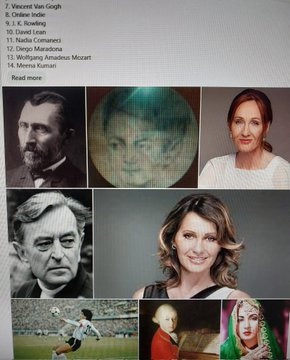
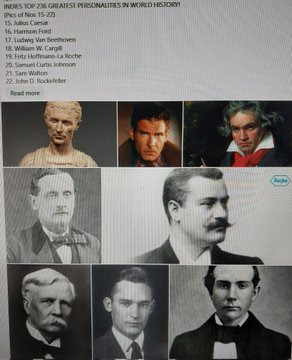
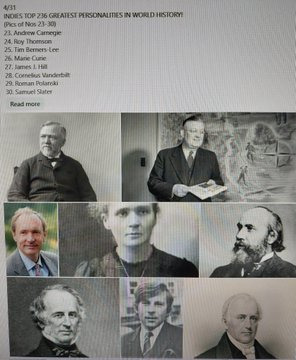
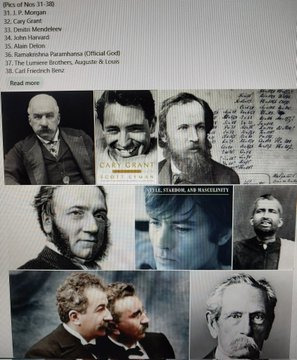

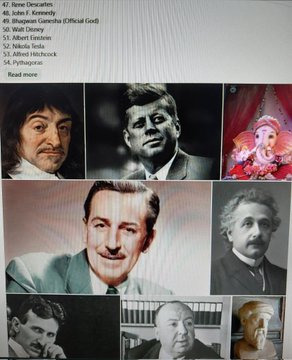


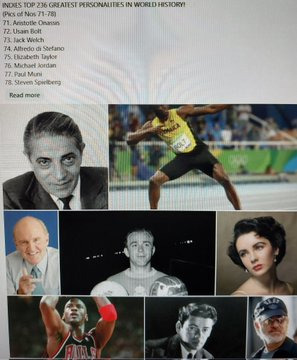
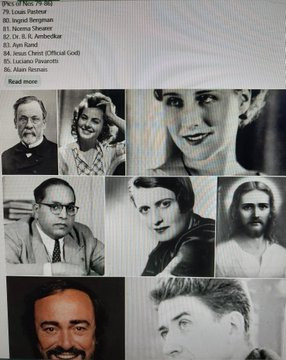
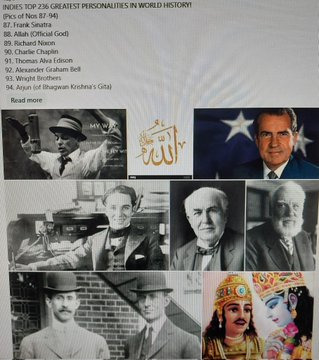
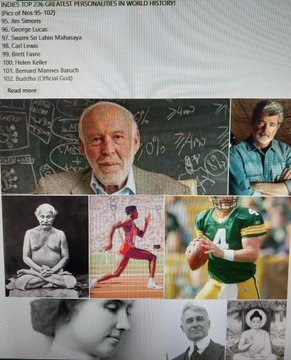

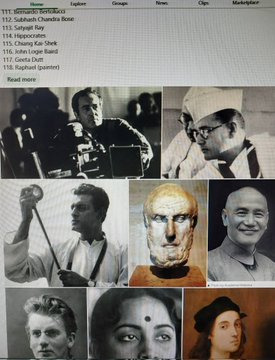

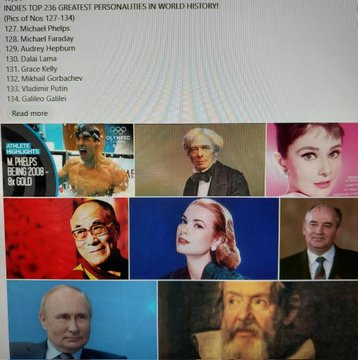
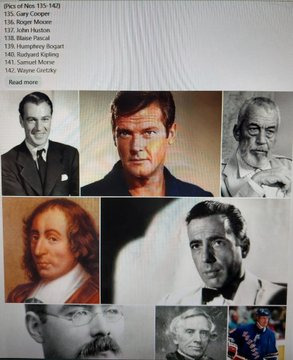
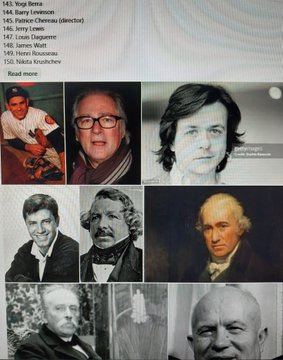
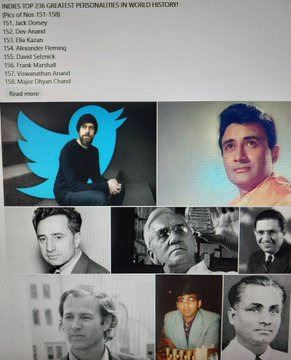
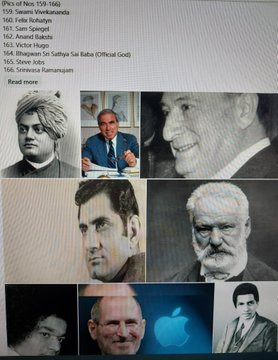
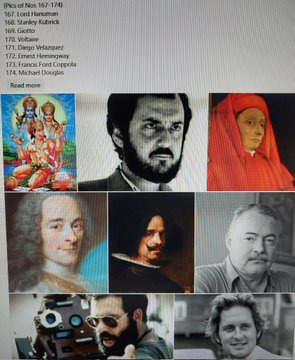

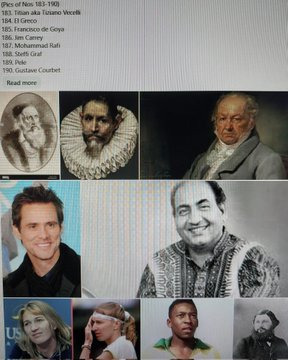
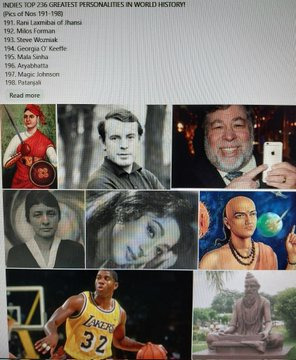
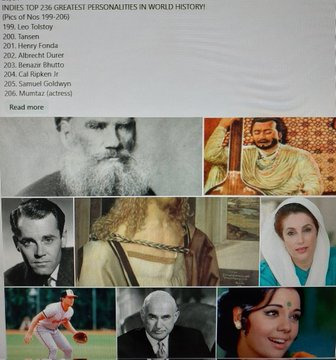
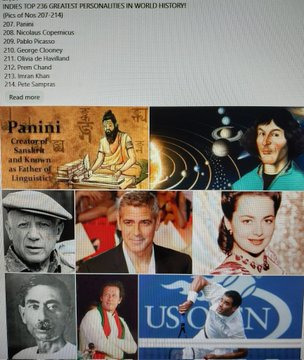
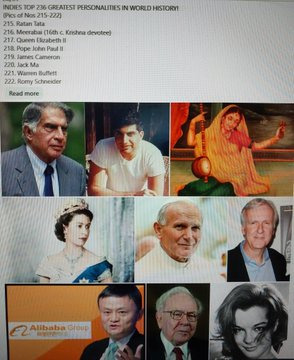
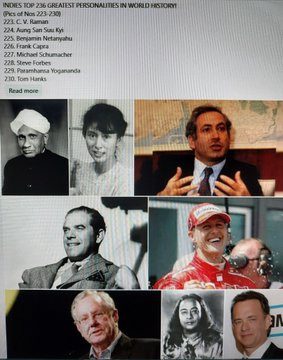
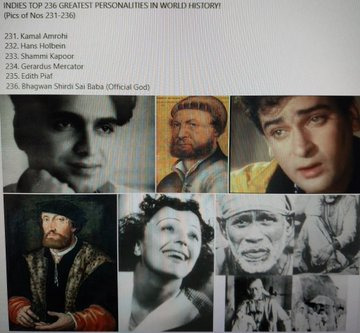
2 notes
·
View notes
Text
THE 236 GREATEST PERSONALITIES IN THE ENTIRE KNOWN HISTORY/COLLECTIVE CONSCIOUSNESS OF THIS WORLD! (@INDIES)
i.e. THE 236 GREATEST PERSONALITIES IN WORLD HISTORY! (@INDIES)
Rajesh Khanna
Lionel Messi
Leonardo Da Vinci
Muhammad Ali
Joan of Arc
William Shakespeare
Vincent Van Gogh
Online Indie
J. K. Rowling
David Lean
Nadia Comaneci
Diego Maradona
Wolfgang Amadeus Mozart
Meena Kumari
Julius Caesar
Harrison Ford
Ludwig Van Beethoven
William W. Cargill
Fritz Hoffmann-La Roche
Samuel Curtis Johnson
Sam Walton
John D. Rockefeller
Andrew Carnegie
Roy Thomson
Tim Berners-Lee
Marie Curie
James J. Hill
Cornelius Vanderbilt
Roman Polanski
Samuel Slater
J. P. Morgan
Cary Grant
Dmitri Mendeleev
John Harvard
Alain Delon
Ramakrishna Paramhansa (Official God)
The Lumiere Brothers, Auguste & Louis
Carl Friedrich Benz
Michelangelo
Maharishi Mahesh Yogi
Ramana Maharishi
Mark Twain
Swami Sri Yukteswar Giri
Bruce Lee
Bhagwan Krishna (Official God)
Charlemagne
Rene Descartes
John F. Kennedy
Bhagwan Ganesha (Official God)
Walt Disney
Albert Einstein
Nikola Tesla
Alfred Hitchcock
Pythagoras
William Randolph Hearst
Cosimo de’ Medici
Johann Sebastian Bach
Alec Guinness
Nostradamus
Christopher Plummer
Archimedes
Jackie Chan
Guru Dutt
Amma Karunamayi/ Mata Parvati (Official God)
Peter Sellers
Gerard Depardieu
Joseph Safra
Robert Morris
Sean Connery
Petr Kellner
Aristotle Onassis
Usain Bolt
Jack Welch
Alfredo di Stefano
Elizabeth Taylor
Michael Jordan
Paul Muni
Steven Spielberg
Louis Pasteur
Ingrid Bergman
Norma Shearer
Dr. B. R. Ambedkar
Ayn Rand
Jesus Christ (Official God)
Luciano Pavarotti
Alain Resnais
Frank Sinatra
Allah (Official God)
Richard Nixon
Charlie Chaplin
Thomas Alva Edison
Alexander Graham Bell
Wright Brothers
Arjun (of Bhagwan Krishna’s Gita)
Jim Simons
George Lucas
Swami Sri Lahiri Mahasaya
Carl Lewis
Brett Favre
Helen Keller
Bernard Mannes Baruch
Buddha (Official God)
Hugh Grant
K. L. Saigal
Roger Federer
Rash Behari Bose
Tiger Woods
William Blake
Jesse Owens
Claude Miller
Bernardo Bertolucci
Subhash Chandra Bose
Satyajit Ray
Hippocrates
Chiang Kai-Shek
John Logie Baird
Geeta Dutt
Raphael (painter)
Bhagwan Shiva (Official God)
Radha (Ancient Krishna devotee)
George Orwell
Jorge Paulo Lemann
Catherine Deneuve
Pierre-Auguste Renoir
Bill Gates
Bhagwan Ram (Official God)
Michael Phelps
Michael Faraday
Audrey Hepburn
Dalai Lama
Grace Kelly
Mikhail Gorbachev
Vladimir Putin
Galileo Galilei
Gary Cooper
Roger Moore
John Huston
Blaise Pascal
Humphrey Bogart
Rudyard Kipling
Samuel Morse
Wayne Gretzky
Yogi Berra
Barry Levinson
Patrice Chereau (director)
Jerry Lewis
Louis Daguerre
James Watt
Henri Rousseau
Nikita Krushchev
Jack Dorsey
Dev Anand
Elia Kazan
Alexander Fleming
David Selznick
Frank Marshall
Viswanathan Anand
Major Dhyan Chand
Swami Vivekananda
Felix Rohatyn
Sam Spiegel
Anand Bakshi
Victor Hugo
Bhagwan Sri Sathya Sai Baba (Official God)
Steve Jobs
Srinivasa Ramanujam
Lord Hanuman
Stanley Kubrick
Giotto
Voltaire
Diego Velazquez
Ernest Hemingway
Francis Ford Coppola
Michael Douglas
Kirk Douglas
Mario Lemieux
Kishore Kumar
James Stewart
Douglas Fairbanks
Confucius
Babe Ruth
Raj Kapoor
Titian aka Tiziano Vecelli
El Greco
Francisco de Goya
Jim Carrey
Mohammad Rafi
Steffi Graf
Pele
Gustave Courbet
Rani Laxmibai of Jhansi
Milos Forman
Steve Wozniak
Georgia O’ Keeffe
Mala Sinha
Aryabhatta
Magic Johnson
Patanjali
Leo Tolstoy
Tansen
Henry Fonda
Albrecht Durer
Benazir Bhutto
Cal Ripken Jr
Samuel Goldwyn
Mumtaz (actress)
Panini
Nicolaus Copernicus
Pablo Picasso
George Clooney
Olivia de Havilland
Prem Chand
Imran Khan
Pete Sampras
Ratan Tata
Meerabai (16th c. Krishna devotee)
Queen Elizabeth II
Pope John Paul II
James Cameron
Jack Ma
Warren Buffett
Romy Schneider
C. V. Raman
Aung San Suu Kyi
Benjamin Netanyahu
Frank Capra
Michael Schumacher
Steve Forbes
Paramhansa Yogananda
Tom Hanks
Kamal Amrohi
Hans Holbein
Shammi Kapoor
Gerardus Mercator
Edith Piaf
Bhagwan Shirdi Sai Baba (Official God)
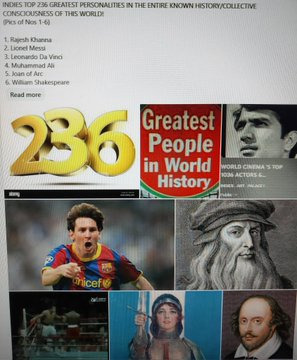




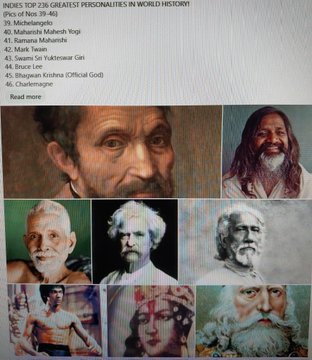
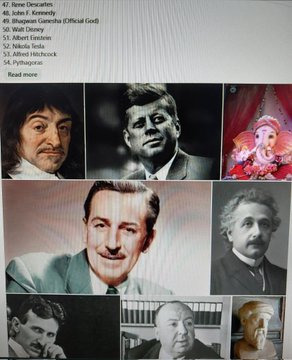
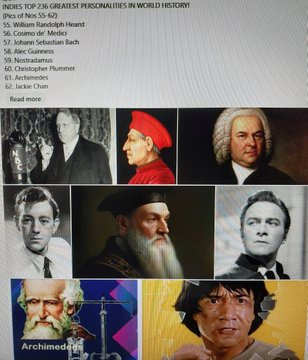
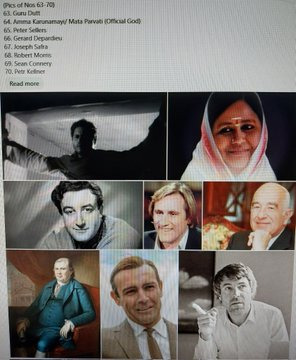


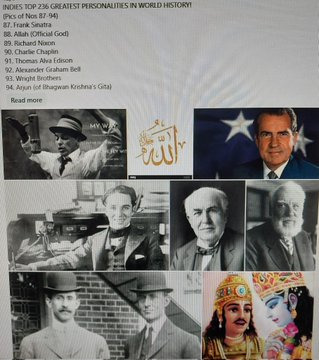
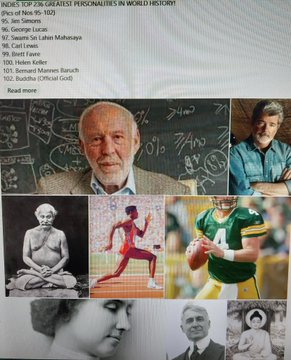
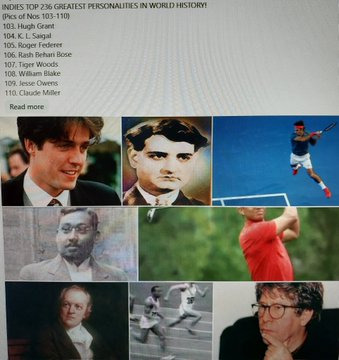
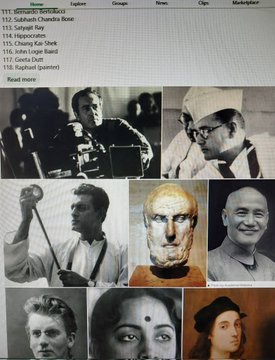

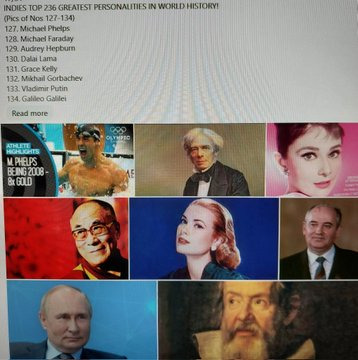
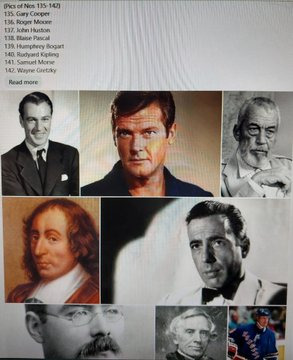
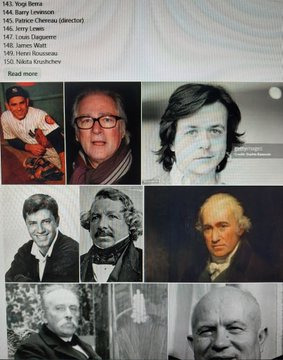

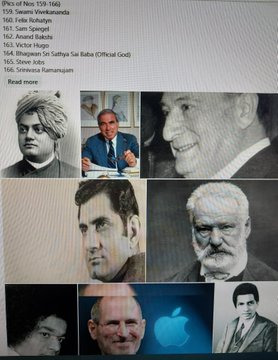
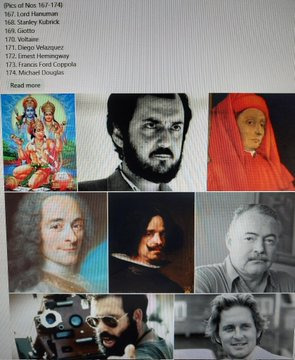
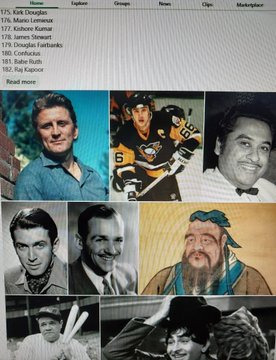
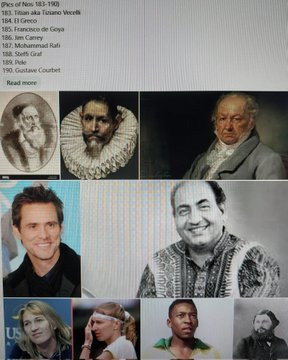
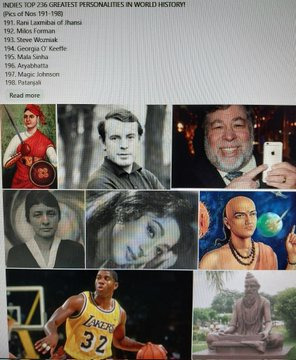
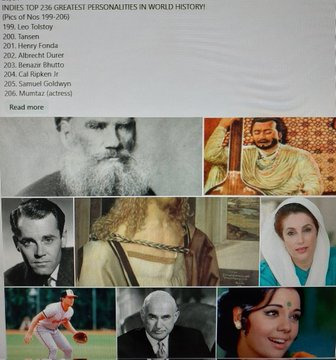

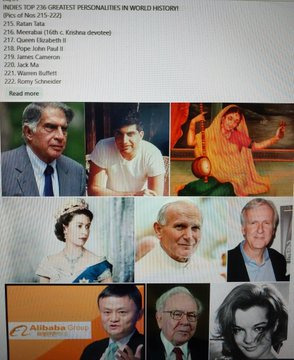

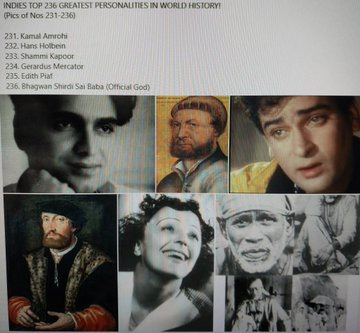
4 notes
·
View notes
Text
Birthdays 6.13
Beer Birthdays
William S. Gosset (1876)
Constant Vanden Stock (1914)
Charles W. Bamforth (1952)
Ashley Routson (1983)
Five Favorite Birthdays
Kat Dennings; actor (1986)
Chris Evans; actor (1981)
Dorothy L. Sayers; English writer (1893)
Ally Sheedy; actor (1962)
William Butler Yeats; English poet (1865)
Famous Birthdays
Tim Allen; comedian, actor (1953)
Luis Alvarez; physicist (1911)
Don Budge; tennis player (1915)
Fanny Burney; English writer (1752)
Doc Cheatham; jazz trumpeter (1905)
Christo; artist (1935)
Vieira da Silva; artist (1908)
Paul De Lisle; rock musician (1963)
Ralph Edwards; actor (1913)
Bobby Freeman; singer (1940)
Red Grange; Chicago Bears RB (1903)
Heinrich Hoffmann; artist (1809)
Ben Johnson; actor (1918)
Laura Kightlinger; comedian (1969)
Paul Lynde; comedian, actor (1926)
Malcolm McDowell; actor (1943)
Ashley & Mary-Kate Olsen; actors (1986)
Basil Rathbone; actor (1865)
Brande Roderick; model, actor (1974)
Carl Schmidt; German chemist (1822)
Winfield Scott; civil war general (1786)
Stellan Skarsgard; Swedish actor (1951)
Joseph Stella; artist (1877)
Samuel A. Taylor; playwright (1912)
Richard Thomas; actor (1951)
Nautica Thorn; porn actor (1984)
Leeann Tweeden; model (1973)
Si Zentner; jazz trombonist, bandleader (1917)
1 note
·
View note
Text
Die Nibelungen (Fritz Lang, 1924)
Die Nibelungen: Siegfried
Cast: Gertrud Arnold, Margarete Schön, Hanna Ralph, Paul Richter, Theodor Loos, Hans Adalbert Schlettow, Georg John.
Die Nibelungen: Kriemhild's Revenge
Cast: Margarete Schön, Gertrud Arnold, Theodor Loos, Hans Adalbert Schlettow, Rudolf Klein-Rogge, Georg John.
Screenplay: Fritz Lang, Thea von Harbou. Cinematography: Carl Hoffmann, Günter Rittau, Walter Ruttmann. Art direction: Otto Hunte, Karl Vollbrecht. Costume design: Paul Gerd Guderian, Aenne Willkomm. Music: Gottfried Huppertz
Fritz Lang's two-part epic, based on the Middle High German Nibelungenlied, will confuse anyone who knows the story only via Richard Wagner's Ring cycle: There are no Rhinemaidens or gods or Valkyries, nothing of Siegfried's parentage, and, since it lacks gods, consequently no Götterdämmerung. It consists of two films, Siegfried and Kriemhild's Revenge, that tell the story -- parts of which will be familiar from the final two operas in Wagner's cycle -- of how Siegfried (Paul Richter) slew the dragon and bathed in its blood, becoming invincible except for one spot on his back that the blood failed to touch, then killed the dwarf Alberich (George John) and took possession of a magic net that renders him invisible. He travels to Burgundy, where he wins the hand of the beautiful Kriemhild (Margarete Schön) by helping her brother, King Gunther (Theodor Loos), subdue the warrior maiden Brunnhild (Hanna Ralph). But Siegfried is killed after Gunther's advisor, Hagen (Hans Adalbert Schlettow), tricks Kriemhild into revealing his vulnerable spot. Brunnhild kills herself and Kriemhild vows revenge on the whole lot, which in the second film she accomplishes by marrying King Etzel (Rudolf Klein-Rogge), aka Attila, and provoking war between his Huns and the Burgundians. Lang tells the story with an eye-filling blend of tableaus, set-pieces, and scenes swarming with bloody action, concluding with a spectacular fire in which the Burgundians are trapped in Etzel's castle. The performances are pretty spectacular, too. Richter plays Siegfried as a muscular young goof ensnared by fate, Ralph is a formidable Brunnhild, and Schön modulates from naïve to terrifying as Kriemhild. But it's the production design by Otto Hunte and the costuming by Paul Gerd Guderian that lingers most in the memory. The production evokes late 19th- and early 20th-century book illustrators like Arthur Rackham and Walter Crane, but also the stark hieratic figures of Byzantine mosaics, especially Kriemhild, who becomes more powerfully static as the film progresses. Much has been written about the way the film fed into the heroic German myth that was co-opted by the Nazis, especially since the screenwriter, Thea von Harbou, Lang's wife at the time, later joined the party. (Lang, whose mother was Jewish, left Germany in 1934.) In fact, the Nazis sanctioned only the first half, Siegfried, after they came to power. Kriemhild's Revenge, with its depiction of the corruption of power and its nihilistic ending, didn't suit their purposes.
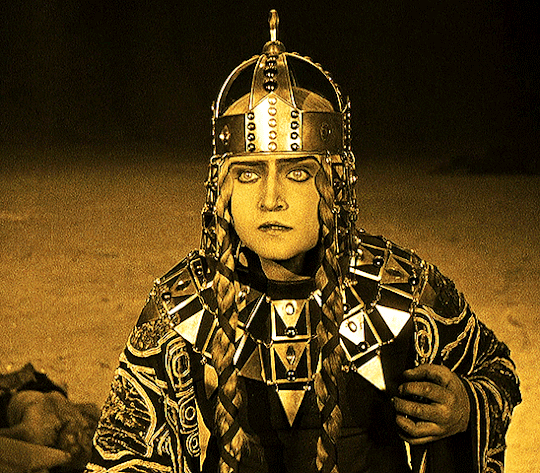
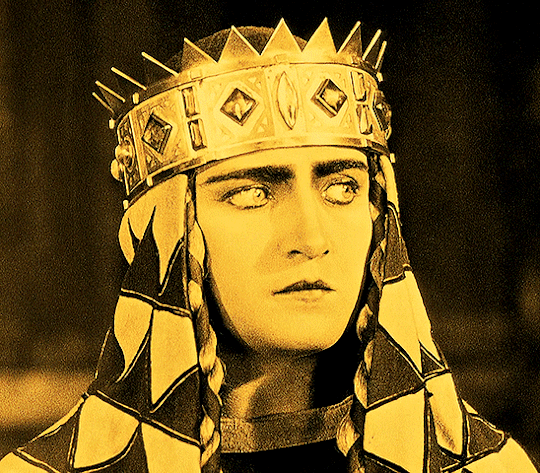

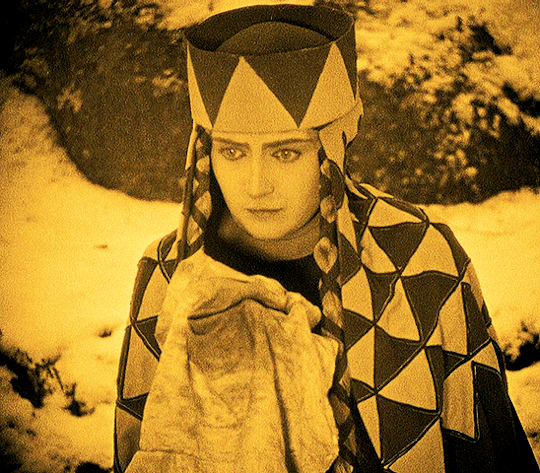
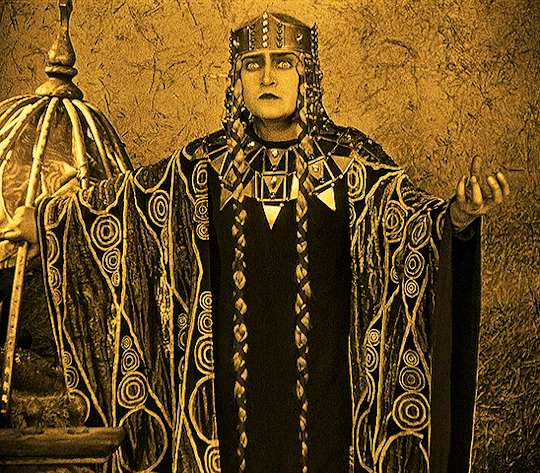
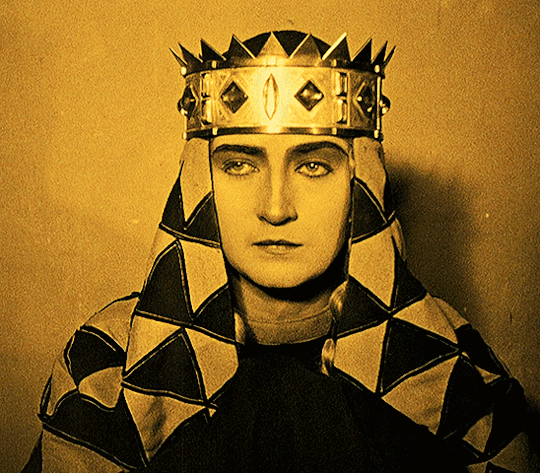
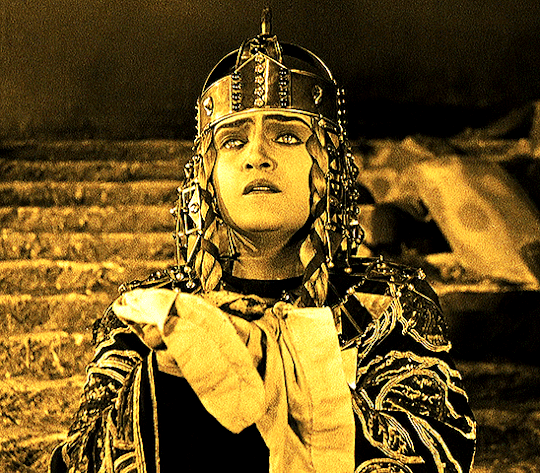

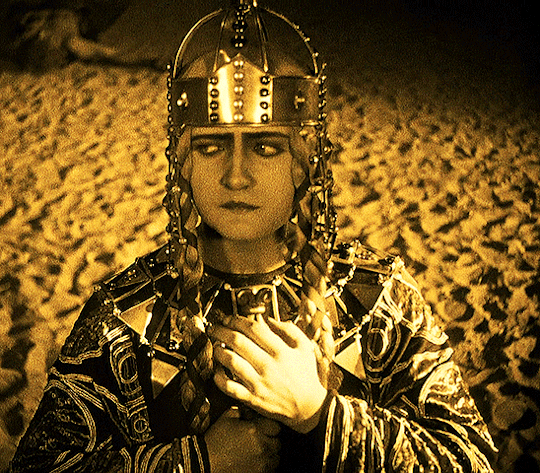
Margarete Schön as Kriemhild of Burgund
DIE NIBELUNGEN: KRIEMHILD'S REVENGE (1924) | dir. Fritz Lang
2K notes
·
View notes
Text
What Is Eye Melanoma? Understanding the Basics
The global eye melanoma market size was USD 4.35 billion in 2022 and is expected to register a revenue CAGR of 8.3% during the forecast period. Eye melanoma market revenue growth can be attributed to increasing prevalence of eye cancer across the globe, numerous Research & Development (R&D) activities by market players and rising demand for minimally invasive treatment procedures for treatment of eye cancers.
Get Download Pdf Sample Copy of this Report@ https://www.emergenresearch.com/request-sample/2709
Competitive Terrain:
The global Eye Melanoma industry is highly consolidated owing to the presence of renowned companies operating across several international and local segments of the market. These players dominate the industry in terms of their strong geographical reach and a large number of production facilities. The companies are intensely competitive against one another and excel in their individual technological capabilities, as well as product development, innovation, and product pricing strategies.
The leading market contenders listed in the report are:
Eli Lily & Co, Spectrum Pharmaceuticals Inc, Novartis AG, Bayer, Astra Zeneca plc, Merck, Pfizer Inc, Roche, F. Hoffmann-La Roche Ltd, GlaxoSmithKline plc, Novartis AG, Sanofi, AbbVie Inc., Amgen Inc., Bristol-Myers Squibb Company, Bayer AG, Johnson & Johnson Services, Inc., Carl Zeiss AG, Optovue Incorporated, Siemens, Koninklijke Philips N.V, Castle Biosciences, Inc., Gilead Sciences, Inc. and among others
Key market aspects studied in the report:
Market Scope: The report explains the scope of various commercial possibilities in the global Eye Melanoma market over the upcoming years. The estimated revenue build-up over the forecast years has been included in the report. The report analyzes the key market segments and sub-segments and provides deep insights into the market to assist readers with the formulation of lucrative strategies for business expansion.
Competitive Outlook: The leading companies operating in the Eye Melanoma market have been enumerated in this report. This section of the report lays emphasis on the geographical reach and production facilities of these companies. To get ahead of their rivals, the leading players are focusing more on offering products at competitive prices, according to our analysts.
Report Objective: The primary objective of this report is to provide the manufacturers, distributors, suppliers, and buyers engaged in this sector with access to a deeper and improved understanding of the global Eye Melanoma market.
Emergen Research is Offering Limited Time Discount (Grab a Copy at Discounted Price Now)@ https://www.emergenresearch.com/request-discount/2709
Market Segmentations of the Eye Melanoma Market
This market is segmented based on Types, Applications, and Regions. The growth of each segment provides accurate forecasts related to production and sales by Types and Applications, in terms of volume and value for the period between 2022 and 2030. This analysis can help readers looking to expand their business by targeting emerging and niche markets. Market share data is given on both global and regional levels. Regions covered in the report are North America, Europe, Asia Pacific, Latin America, and Middle East & Africa. Research analysts assess the market positions of the leading competitors and provide competitive analysis for each company. For this study, this report segments the global Eye Melanoma market on the basis of product, application, and region:
Segments Covered in this report are:
Site Outlook (Revenue, USD Billion; 2019-2032)
Uvea
Conjunctiva
Sclera
Retina
Others
Treatment Outlook (Revenue, USD Billion; 2019-2032)
Radiation Therapy
Surgery
Laser Therapy
Immunotherapy
Others
End-Use Outlook (Revenue, USD Billion; 2019-2032)
Hospital and Clinics
Academic Institutes
Others
Browse Full Report Description + Research Methodology + Table of Content + Infographics@ https://www.emergenresearch.com/industry-report/eye-melanoma-market
Major Geographies Analyzed in the Report:
North America (U.S., Canada)
Europe (U.K., Italy, Germany, France, Rest of EU)
Asia Pacific (India, Japan, China, South Korea, Australia, Rest of APAC)
Latin America (Chile, Brazil, Argentina, Rest of Latin America)
Middle East & Africa (Saudi Arabia, U.A.E., South Africa, Rest of MEA)
ToC of the report:
Chapter 1: Market overview and scope
Chapter 2: Market outlook
Chapter 3: Impact analysis of COVID-19 pandemic
Chapter 4: Competitive Landscape
Chapter 5: Drivers, Constraints, Opportunities, Limitations
Chapter 6: Key manufacturers of the industry
Chapter 7: Regional analysis
Chapter 8: Market segmentation based on type applications
Chapter 9: Current and Future Trends
Request Customization as per your specific requirement@ https://www.emergenresearch.com/request-for-customization/2709
About Us:
Emergen Research is a market research and consulting company that provides syndicated research reports, customized research reports, and consulting services. Our solutions purely focus on your purpose to locate, target, and analyse consumer behavior shifts across demographics, across industries, and help clients make smarter business decisions. We offer market intelligence studies ensuring relevant and fact-based research across multiple industries, including Healthcare, Touch Points, Chemicals, Types, and Energy. We consistently update our research offerings to ensure our clients are aware of the latest trends existent in the market. Emergen Research has a strong base of experienced analysts from varied areas of expertise. Our industry experience and ability to develop a concrete solution to any research problems provides our clients with the ability to secure an edge over their respective competitors.
Contact Us:
Eric Lee
Corporate Sales Specialist
Emergen Research | Web: www.emergenresearch.com
Direct Line: +1 (604) 757-9756
E-mail: [email protected]
Visit for More Insights: https://www.emergenresearch.com/insights
Explore Our Custom Intelligence services | Growth Consulting Services
Trending Titles: Geocell Market | Pancreatic Cancer Treatment Market
Latest Report: Ceramic Tiles Market | Life Science Analytics Market
0 notes
Text
Cataract Treatment Market Dynamics: Key Drivers and Restraints 2022–2029

The Cataract Treatment Market sector is undergoing rapid transformation, with significant growth and innovations expected by 2029. In-depth market research offers a thorough analysis of market size, share, and emerging trends, providing essential insights into its expansion potential. The report explores market segmentation and definitions, emphasizing key components and growth drivers. Through the use of SWOT and PESTEL analyses, it evaluates the sector’s strengths, weaknesses, opportunities, and threats, while considering political, economic, social, technological, environmental, and legal influences. Expert evaluations of competitor strategies and recent developments shed light on geographical trends and forecast the market’s future direction, creating a solid framework for strategic planning and investment decisions.
Brief Overview of the Cataract Treatment Market:
The global Cataract Treatment Market is expected to experience substantial growth between 2024 and 2031. Starting from a steady growth rate in 2023, the market is anticipated to accelerate due to increasing strategic initiatives by key market players throughout the forecast period.
Get a Sample PDF of Report - https://www.databridgemarketresearch.com/request-a-sample/?dbmr=global-cataract-treatment-market
Which are the top companies operating in the Cataract Treatment Market?
The report profiles noticeable organizations working in the water purifier showcase and the triumphant methodologies received by them. It likewise reveals insights about the share held by each organization and their contribution to the market's extension. This Global Cataract Treatment Market report provides the information of the Top Companies in Cataract Treatment Market in the market their business strategy, financial situation etc.
Abbott, Johnson & Johnson Services, Inc, Novartis AG, HOYA Corporation, Carl-Zeiss-Stiftung, Alcon Vision LLC, Essilor, Ziemer Ophthalmic Systems, Bausch Health, GENZUM LIFE SCIENCES, AbbVie Inc, Santen Pharmaceutical Co., Ltd, Omeros Corporation, Sun Pharmaceutical Industries Ltd, EyePoint Pharmaceuticals, Inc., Reata Pharmaceuticals, Inc., Acumen BioPharma, LLC, Takeda Pharmaceutical Company Limited, AstraZeneca and F. Hoffmann-La Roche Ltd
Report Scope and Market Segmentation
Which are the driving factors of the Cataract Treatment Market?
The driving factors of the Cataract Treatment Market are multifaceted and crucial for its growth and development. Technological advancements play a significant role by enhancing product efficiency, reducing costs, and introducing innovative features that cater to evolving consumer demands. Rising consumer interest and demand for keyword-related products and services further fuel market expansion. Favorable economic conditions, including increased disposable incomes, enable higher consumer spending, which benefits the market. Supportive regulatory environments, with policies that provide incentives and subsidies, also encourage growth, while globalization opens new opportunities by expanding market reach and international trade.
Cataract Treatment Market - Competitive and Segmentation Analysis:
**Segments**
- By Type of Cataract: The market can be segmented into age-related cataracts, congenital cataracts, secondary cataracts, traumatic cataracts, nuclear cataracts, cortical cataracts, and subcapsular cataracts. - By Treatment Type: Segmenting based on treatment, options include surgery (phacoemulsification, extracapsular cataract extraction, and intracapsular cataract extraction) and non-surgical treatments (prescription eyeglasses, magnifying lenses, and bright lighting). - By End-User: This segment can be categorized into hospitals, specialty clinics, ambulatory surgical centers, and ophthalmic centers.
**Market Players**
- Abbott - Alcon - Allergan - Bausch + Lomb - Carl Zeiss Meditec AG - Essilor - HOYA Corporation - Johnson & Johnson Services, Inc. - NIDEK CO., LTD. - Topcon Corporation
The global cataract treatment market is projected to witness substantial growth in the forecast period up to 2029. Factors such as the growing prevalence of cataracts among the aging population, technological advancements in surgical procedures, increased awareness about eye health, and the rising demand for minimally invasive surgeries are driving market growth. The segment of age-related cataracts is expected to dominate the market due to increasing life expectancy rates worldwide. Additionally, advancements in surgical techniques such as phacoemulsification are expected to fuel the growth of the surgery segment.
Geographically, North America is anticipated to hold a significant share in the global cataract treatment market, primarily due to the presence of well-established healthcare infrastructure, high adoption rates of advanced medical technologies, and the increasing prevalence of cataract cases in the region. Asia Pacific is also expected to exhibit substantial growth, driven by factors such as a large geriatric population and improving healthcare facilities in emerging economies like India andThe global cataract treatment market is a dynamic industry with significant growth potential driven by various factors. One key trend shaping the market is the increasing prevalence of cataracts, particularly among the aging population worldwide. As life expectancy rates continue to rise, the incidence of age-related cataracts is expected to grow, leading to a higher demand for cataract treatments. This trend presents a substantial market opportunity for key players in the industry, such as Abbott, Alcon, Allergan, Bausch + Lomb, and others, to develop innovative solutions and expand their market presence.
Technological advancements in surgical procedures have also played a crucial role in driving market growth. Procedures like phacoemulsification have revolutionized cataract surgery by offering minimally invasive techniques that result in faster recovery times and better patient outcomes. The adoption of advanced surgical technologies by healthcare providers has led to an increasing number of cataract surgeries, further boosting the market for cataract treatment globally.
Furthermore, the rising awareness about eye health and the importance of early diagnosis and treatment of cataracts have contributed to the growth of the market. Educational initiatives, public health campaigns, and increased access to healthcare services have helped in increasing the screening rates for cataracts, leading to early detection and timely intervention. This proactive approach towards eye health has not only improved patient outcomes but has also expanded the patient pool for cataract treatment providers.
Segmentation of the market based on the type of cataract, treatment options, and end-users allows for a more targeted and customized approach towards addressing the diverse needs of patients. By understanding the specific requirements of different patient groups, market players can develop tailored solutions that cater to a wide range of preferences and medical conditions, thus enhancing their market competitiveness.
In terms of geographical distribution, North America is expected to maintain a significant market share due to its advanced healthcare infrastructure, high adoption rates of medical technologies, and increasing prevalence of cataracts in the region. The presence of**Market Players** Abbott Johnson & Johnson Services, Inc. Novartis AG HOYA Corporation Carl-Zeiss-Stiftung Alcon Vision LLC Essilor Ziemer Ophthalmic Systems Bausch Health GENZUM LIFE SCIENCES AbbVie Inc Santen Pharmaceutical Co., Ltd Omeros Corporation Sun Pharmaceutical Industries Ltd EyePoint Pharmaceuticals, Inc. Reata Pharmaceuticals, Inc. Acumen BioPharma, LLC Takeda Pharmaceutical Company Limited AstraZeneca F. Hoffmann-La Roche Ltd
The global cataract treatment market is poised for significant growth driven by multiple factors such as the increasing prevalence of cataracts, particularly among the aging population globally. Life expectancy rates are rising, leading to a higher incidence of age-related cataracts and subsequently, an increased demand for cataract treatments. Key players in the industry like Abbott, Johnson & Johnson Services, Inc., Novartis AG, and others have an opportunity to capitalize on this trend by developing innovative solutions to meet the growing market needs. Technological advancements in surgical procedures, specifically the adoption of minimally invasive techniques like phacoemulsification, have also played a pivotal role in fueling market growth. These advanced surgical procedures offer faster recovery times and better patient outcomes, contributing to the expanding market for cataract treatments worldwide.
Moreover, the growing awareness about eye health and the significance of
North America, particularly the United States, will continue to exert significant influence that cannot be overlooked. Any shifts in the United States could impact the development trajectory of the Cataract Treatment Market. The North American market is poised for substantial growth over the forecast period. The region benefits from widespread adoption of advanced technologies and the presence of major industry players, creating abundant growth opportunities.
Similarly, Europe plays a crucial role in the global Cataract Treatment Market, expected to exhibit impressive growth in CAGR from 2024 to 2029.
Explore Further Details about This Research Cataract Treatment Market Report https://www.databridgemarketresearch.com/reports/global-cataract-treatment-market
Key Benefits for Industry Participants and Stakeholders: –
Industry drivers, trends, restraints, and opportunities are covered in the study.
Neutral perspective on the Cataract Treatment Market scenario
Recent industry growth and new developments
Competitive landscape and strategies of key companies
The Historical, current, and estimated Cataract Treatment Market size in terms of value and size
In-depth, comprehensive analysis and forecasting of the Cataract Treatment Market
Geographically, the detailed analysis of consumption, revenue, market share and growth rate, historical data and forecast (2024-2031) of the following regions are covered in Chapters
The countries covered in the Cataract Treatment Market report are U.S., Canada and Mexico in North America, Brazil, Argentina and Rest of South America as part of South America, Germany, Italy, U.K., France, Spain, Netherlands, Belgium, Switzerland, Turkey, Russia, Rest of Europe in Europe, Japan, China, India, South Korea, Australia, Singapore, Malaysia, Thailand, Indonesia, Philippines, Rest of Asia-Pacific (APAC) in the Asia-Pacific (APAC), Saudi Arabia, U.A.E, South Africa, Egypt, Israel, Rest of Middle East and Africa (MEA) as a part of Middle East and Africa (MEA
Detailed TOC of Cataract Treatment Market Insights and Forecast to 2029
Part 01: Executive Summary
Part 02: Scope Of The Report
Part 03: Research Methodology
Part 04: Cataract Treatment Market Landscape
Part 05: Pipeline Analysis
Part 06: Cataract Treatment Market Sizing
Part 07: Five Forces Analysis
Part 08: Cataract Treatment Market Segmentation
Part 09: Customer Landscape
Part 10: Regional Landscape
Part 11: Decision Framework
Part 12: Drivers And Challenges
Part 13: Cataract Treatment Market Trends
Part 14: Vendor Landscape
Part 15: Vendor Analysis
Part 16: Appendix
Browse More Reports:
Japan: https://www.databridgemarketresearch.com/jp/reports/global-cataract-treatment-market
China: https://www.databridgemarketresearch.com/zh/reports/global-cataract-treatment-market
Arabic: https://www.databridgemarketresearch.com/ar/reports/global-cataract-treatment-market
Portuguese: https://www.databridgemarketresearch.com/pt/reports/global-cataract-treatment-market
German: https://www.databridgemarketresearch.com/de/reports/global-cataract-treatment-market
French: https://www.databridgemarketresearch.com/fr/reports/global-cataract-treatment-market
Spanish: https://www.databridgemarketresearch.com/es/reports/global-cataract-treatment-market
Korean: https://www.databridgemarketresearch.com/ko/reports/global-cataract-treatment-market
Russian: https://www.databridgemarketresearch.com/ru/reports/global-cataract-treatment-market
Data Bridge Market Research:
Today's trends are a great way to predict future events!
Data Bridge Market Research is a market research and consulting company that stands out for its innovative and distinctive approach, as well as its unmatched resilience and integrated methods. We are dedicated to identifying the best market opportunities, and providing insightful information that will help your business thrive in the marketplace. Data Bridge offers tailored solutions to complex business challenges. This facilitates a smooth decision-making process. Data Bridge was founded in Pune in 2015. It is the product of deep wisdom and experience.
Contact Us:
Data Bridge Market Research
US: +1 614 591 3140
UK: +44 845 154 9652
APAC: +653 1251 1411
Email:- [email protected]
0 notes
Video
Lee Parry by Truus, Bob & Jan too! Via Flickr: German postcard by Ross Verlag, no. 4646/2, 1929-1930. Photo: Atelier Balàzs, Berlin. Collection: Geoffrey Donaldson Institute. Lee Parry (1901-1977) was a German film actress of the silent and the early sound era, often in films by her husband Richard Eichberg. She appeared in 48 films between 1919 and 1939. Lee Parry was born Mathilde Benz in 1901 in Munich, Germany. She was the daughter of an opera tenor, actor and variety director. When she was sixteen, she moved to Berlin. There she was discovered by director and producer Richard Eichberg. She made her debut in 1919 in the leading role of Sünden der Eltern/Sins of the Parents (Richard Eichberg, 1919). Later Eichberg would become her husband. The following years she starred under his direction in several films for his studio like Nonne und Tänzerin/Nun and Dancer (1919), Hypnose/Hypnosis (1920), and two-parters like Der Tanz auf dem Vulkan/Dance on the Volcano (1920), and Die Fluch der Menschheit/The Curse of Man (1920). In these films she often appeared opposite Violetta Napierska, Robert Scholz and a young Béla Lugosi. These three actors were again her co-stars in Ihre Hoheit die Tänzerin/Her Highness the Dancer (Richard Eichberg, 1922). In the historical epic Monna Vanna (Richard Eichberg, 1922), based on a play by Maurice Maeterlinck, her co-star was Paul Wegener, the legendary star of Der Golem/The Golem (Carl Boese, Paul Wegener, 1920). Werner Krauss, famous for his role as Dr. Caligari, was her partner in Fräulein Raffke/Miss Raffke (Richard Eichberg, 1923). Lee Parry continued working with Richard Eichberg in hits like Die Motorbraut/The Motor Bride (Richard Eichberg, 1925) and Luxusweibchen/Luxury Wife (Erich Schönfelder, 1925) with Hans Albers. Around that time Parry and Eichberg divorced. The following year Lee worked for another studio, Maxim-Film/Ebner and starred in Fedora (Jean Manoussi, 1926) next to Anita Dorris. For this studio she also featured in Wenn das Herz der Jugend spricht/When the heart of Youth Speaks (Fred Sauer, 1926) opposite Albert Bassermann, Die Frau die nicht nein sagen kann/The Woman Who Can't say No (Fred Sauer, 1927) with Hans Albers, and the comedy Die leichte Isabell/Light Isabell (Eddy Busch, Arthur Wellin, 1927) with Gustav Fröhlich. In France she appeared in L'eau du Nil/The water of the Nile (Marcel Vandal, 1928), but at the end of the 1920s her roles became smaller and less frequent. After a hiatus of two years Lee Parry made her first appearance in a sound film in Die lustigen Weiber von Wien/The Merry Wives of Vienna (Géza von Bolváry, 1931) opposite Willi Forst. The following year she featured again in three films: the marital-mix-up farce Ein bißchen Liebe für Dich/A Bit of Love (Max Neufeld, 1932) as the wife of Hermann Thimig, the operetta Johann Strauss, k. u. k. Hofkapellmeister/Viennese Waltz (1932, Conrad Wiene), and another operetta Liebe auf den ersten Ton/Love at First Sight (Carl Froelich, 1932). In 1933 she starred again in three films, Keinen Tag ohne Dich/No Day Without You (Hans Behrendt, 1933), Der große Bluff/The Big Bluff (Georg Jacoby, 1933) and Die Herren vom Maxim/The Gentlemen from Maxim's (Carl Boese, 1933). But after this successful year she would make only two more pictures. After the comedy Das Einmaleins der Liebe/Love's Arithmetic (Carl Hoffmann, 1935) starring Luise Ullrich and Paul Hörbiger she retired. Shortly before WWII she appeared in the French production Adieu Vienne/Farewell Vienna (Jacques Séverac, 1939) with Gustav Fröhlich. It would be her last film. She was also a well-known singer who made many records. Her second marriage was to Siegmund Breslauer, director of the German theater in Buenos Aires, in 1956, She moved to South-America where she made her theater comeback as Manon and performed there on many stages. Lee Parry died in Bad Tölz, Germany, in 1977. Sources: Thomas Staedeli (Cyranos), Wikipedia, AllMovie, and IMDb. And, please check out our blog European Film Star Postcards.
#Lee Parry#Lee#Parry#German#Actress#European#Film Star#Cinema#Film#Cine#Kino#Picture#Screen#Movie#Movies#Filmster#Star#Silent#Sepia#Darstellerin#Schauspielerin#Glamour#Allure#Vintage#Postcard#Postkarte#Carte#Postale#Cartolina#Tarjet
0 notes
